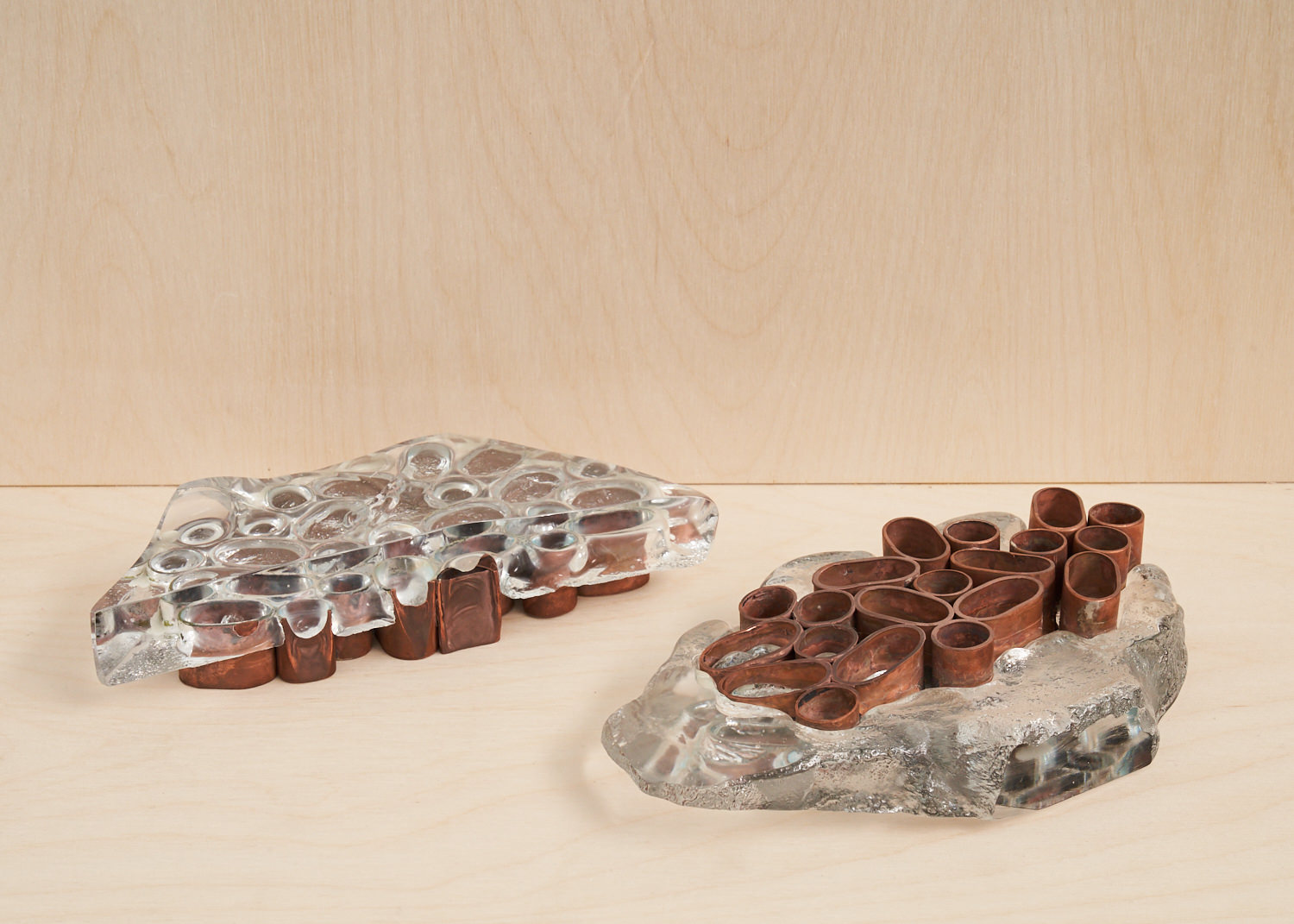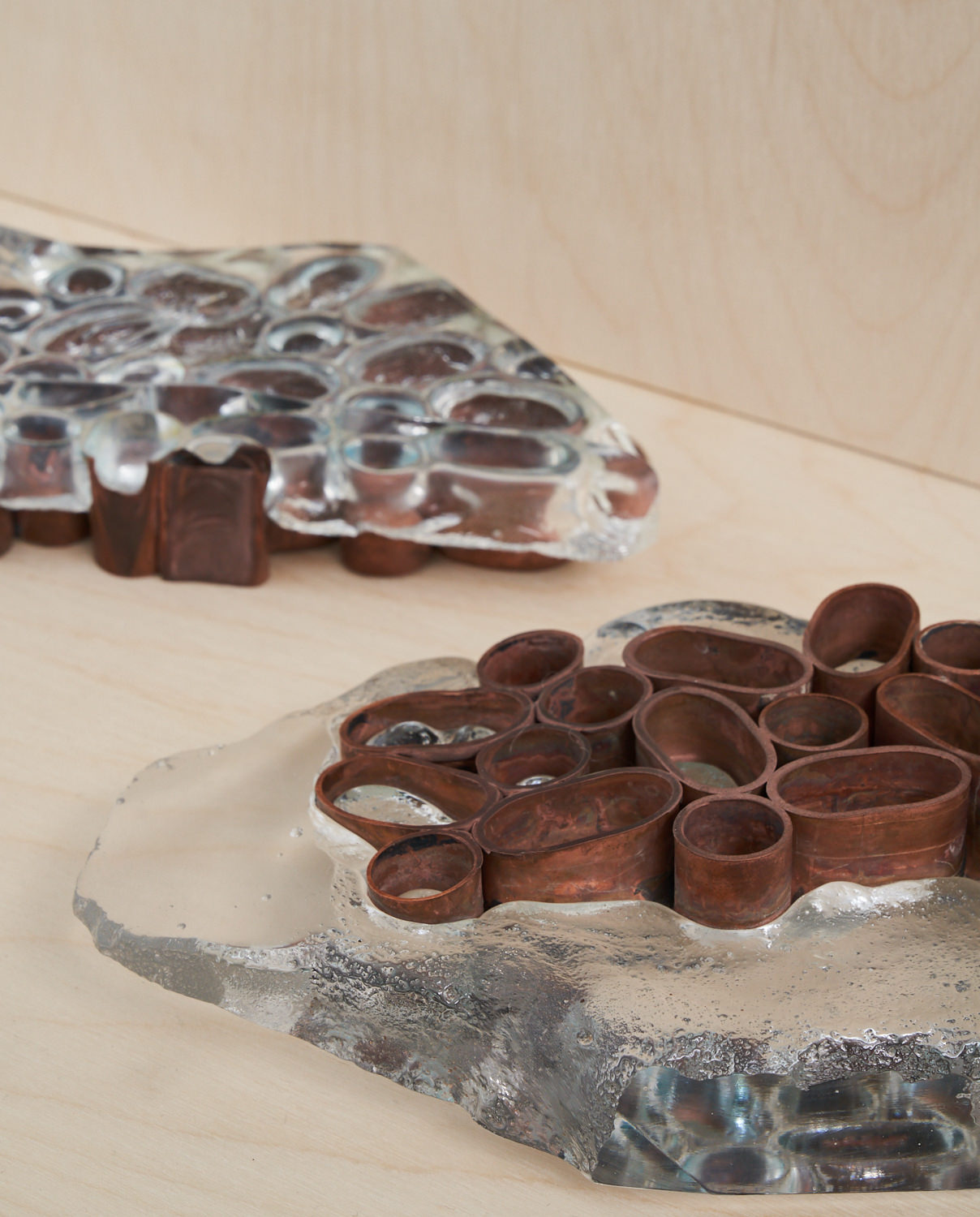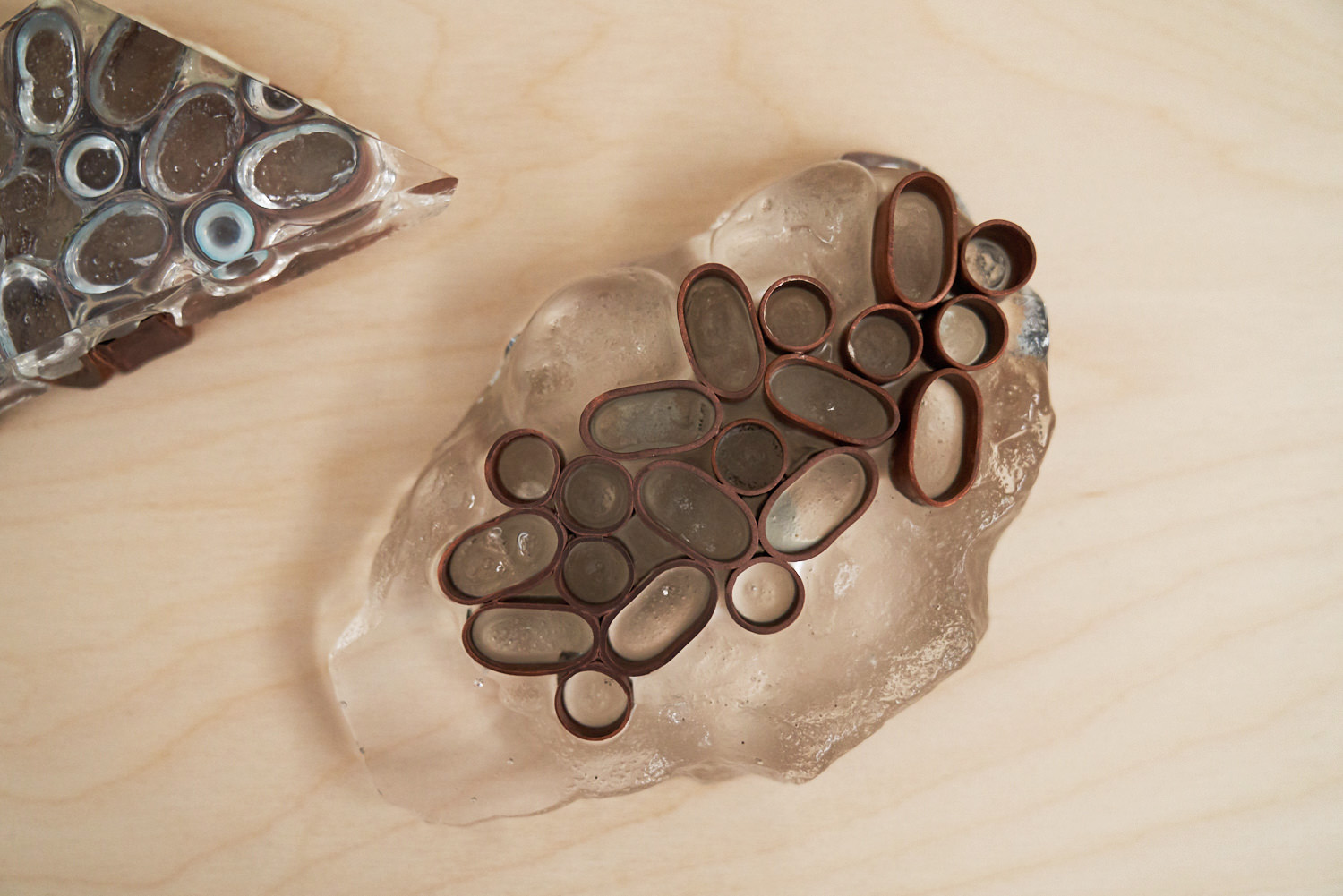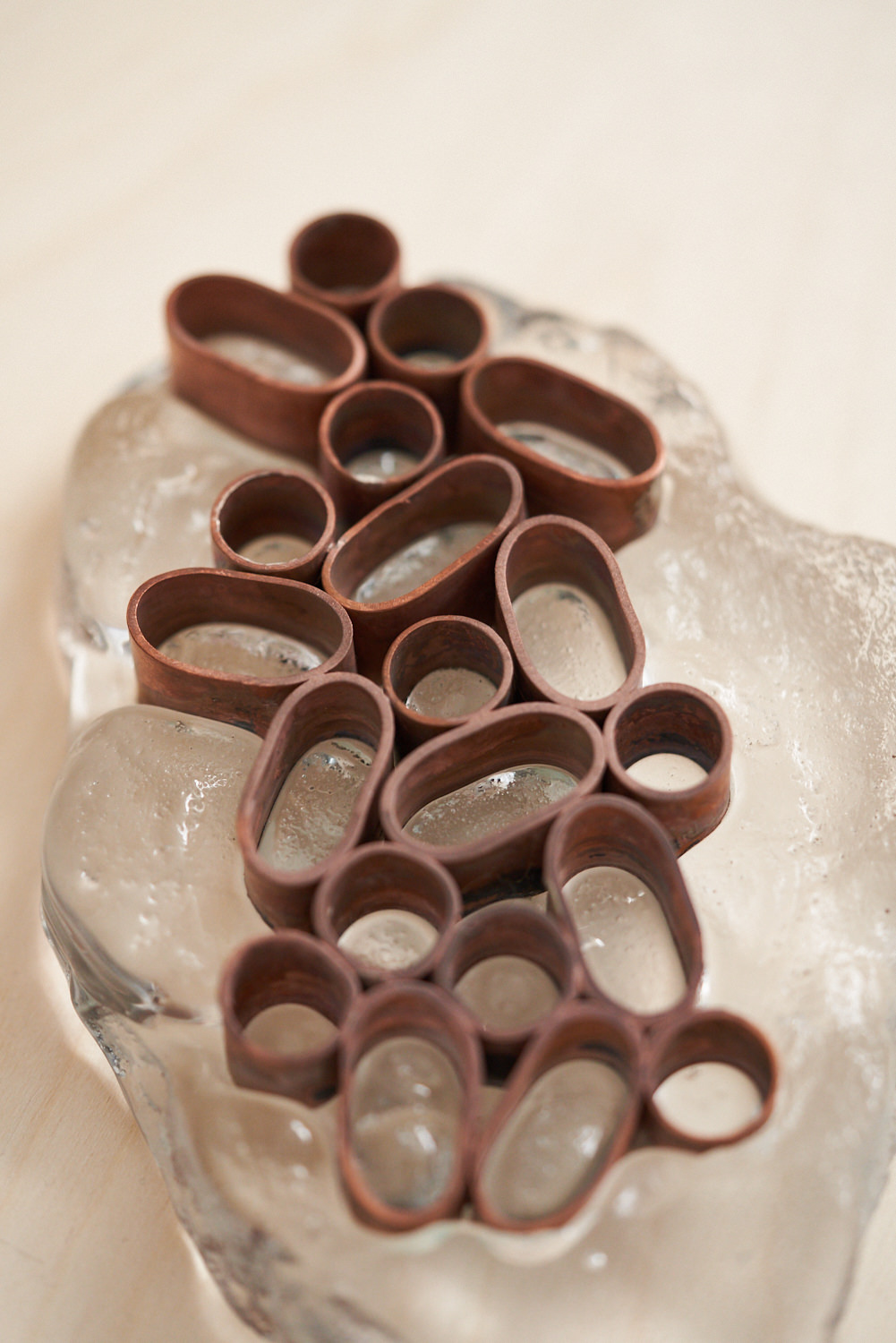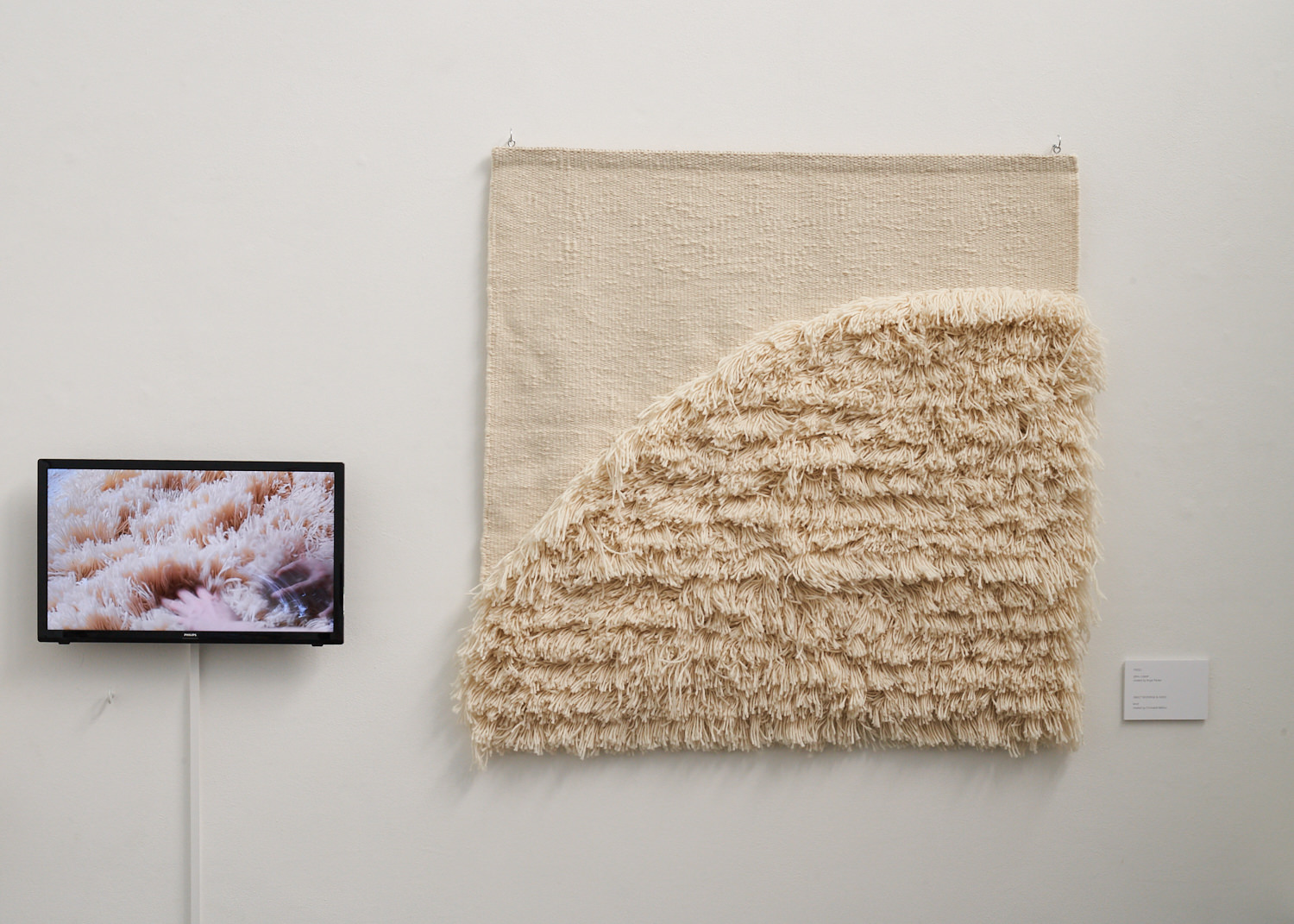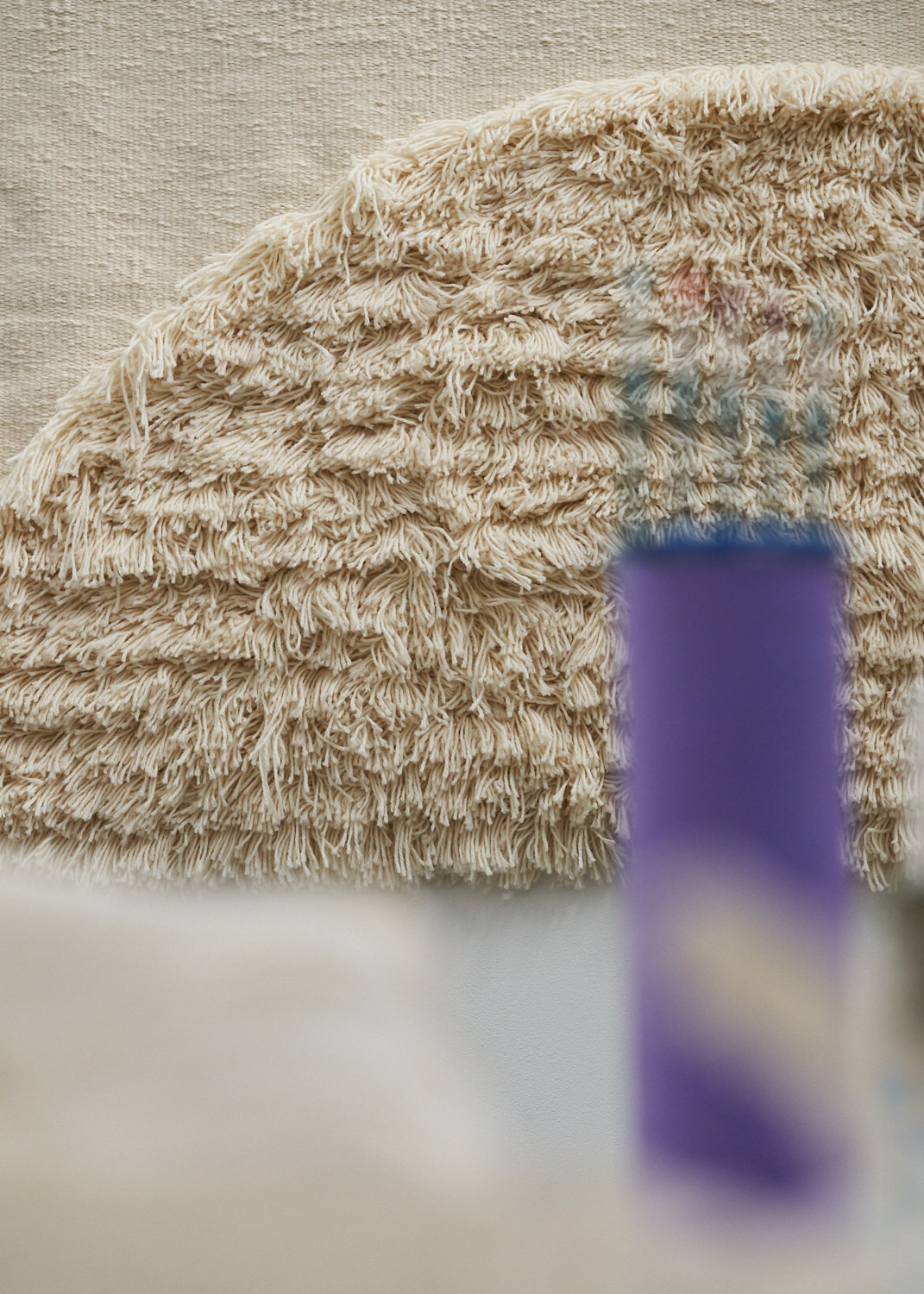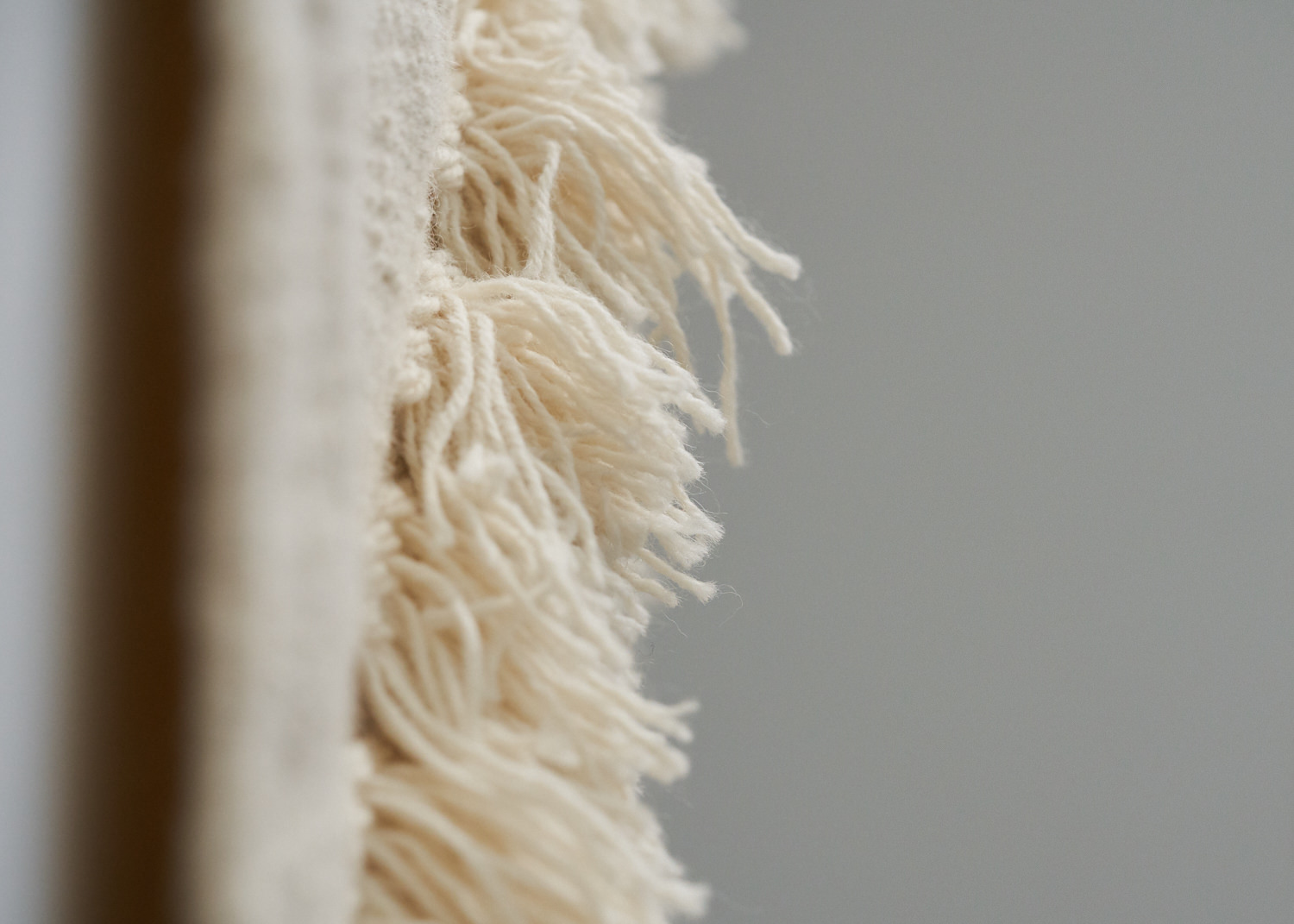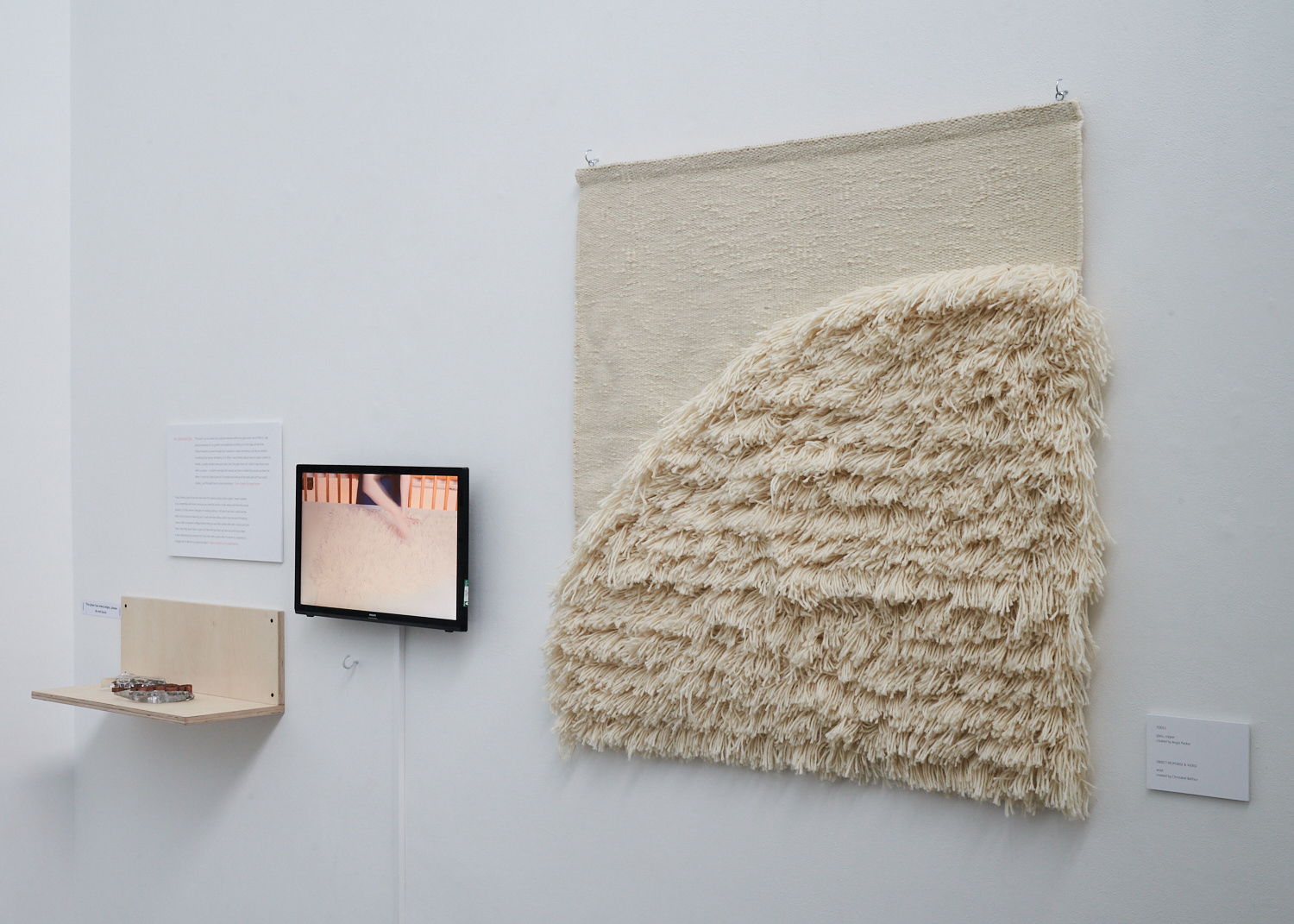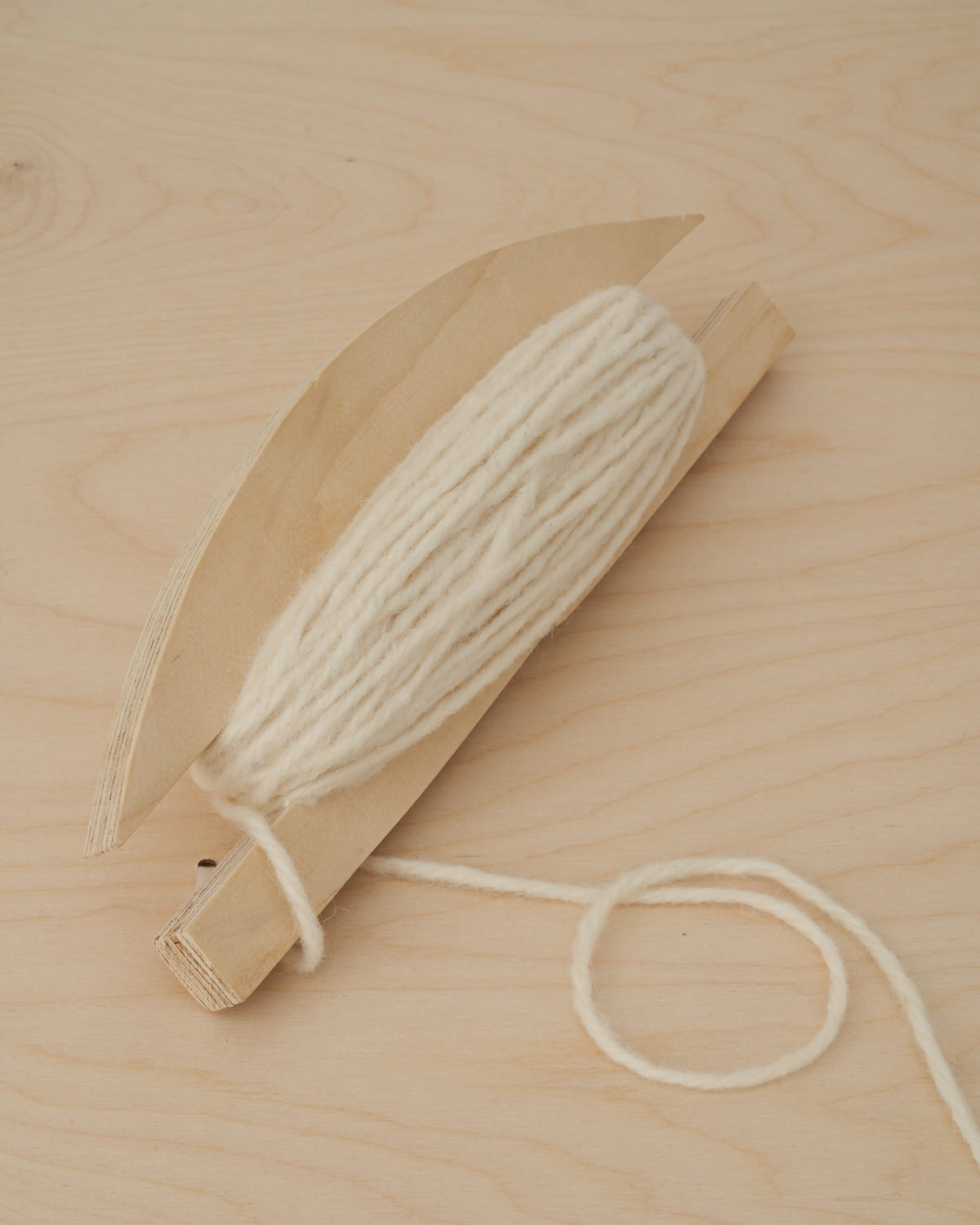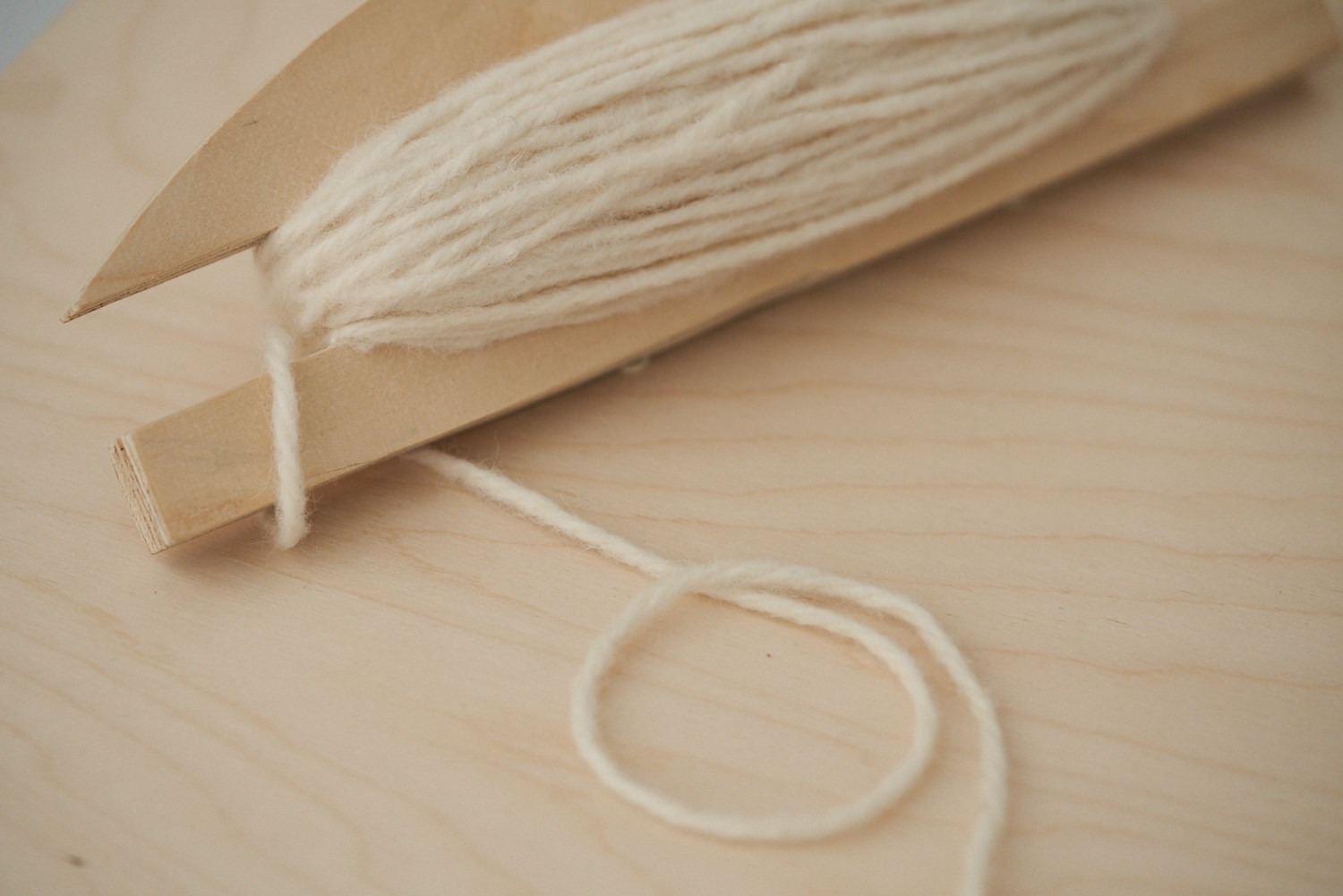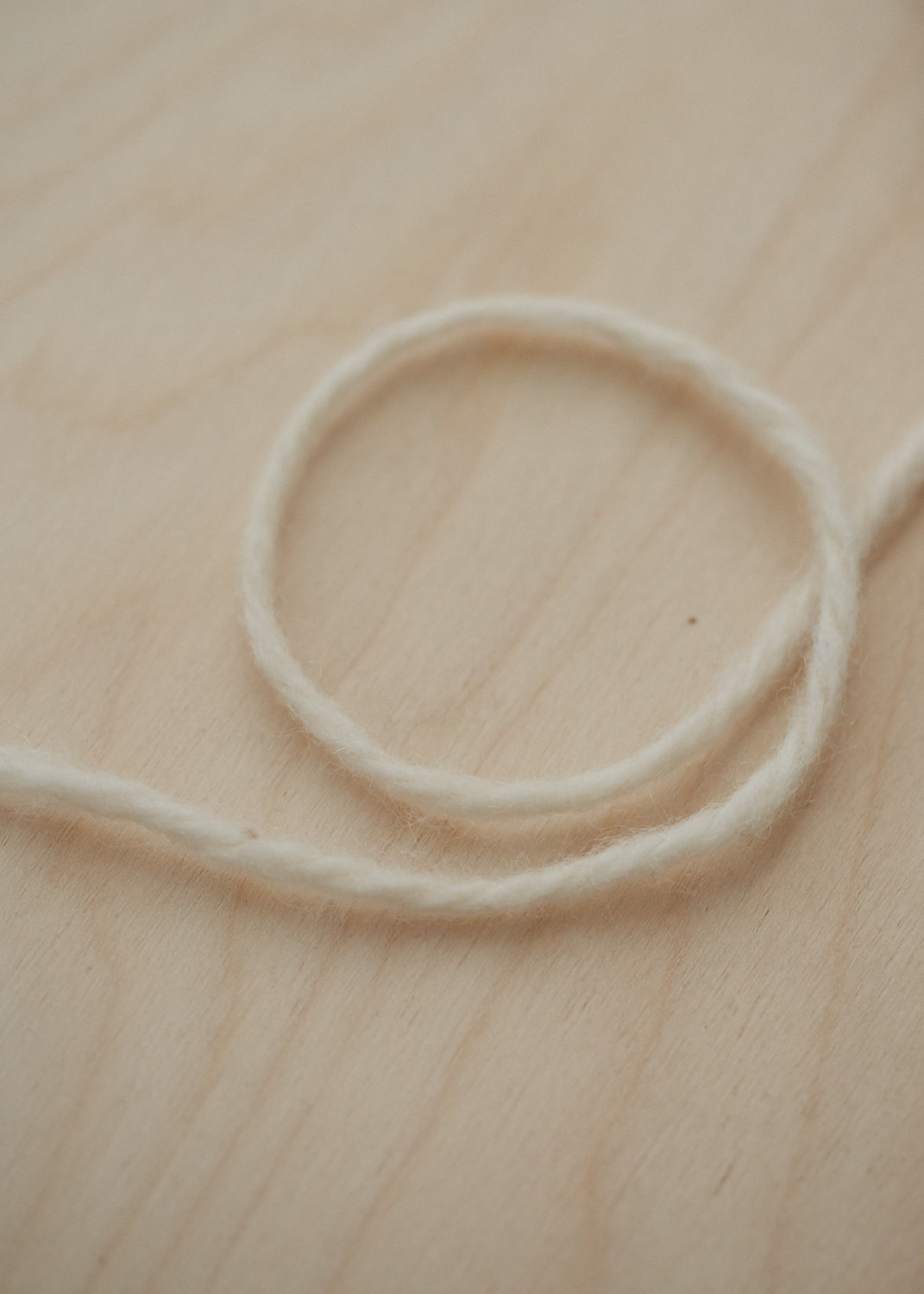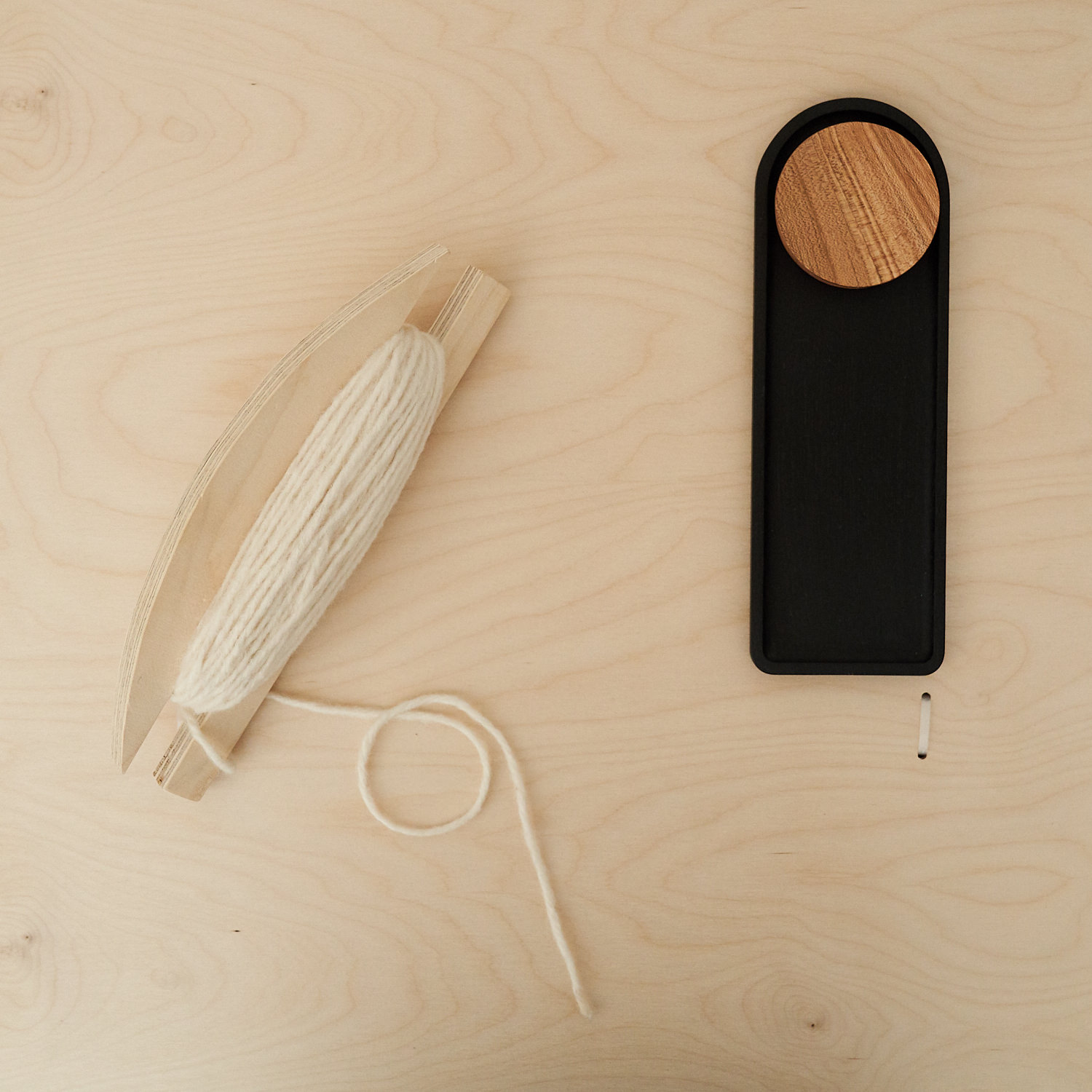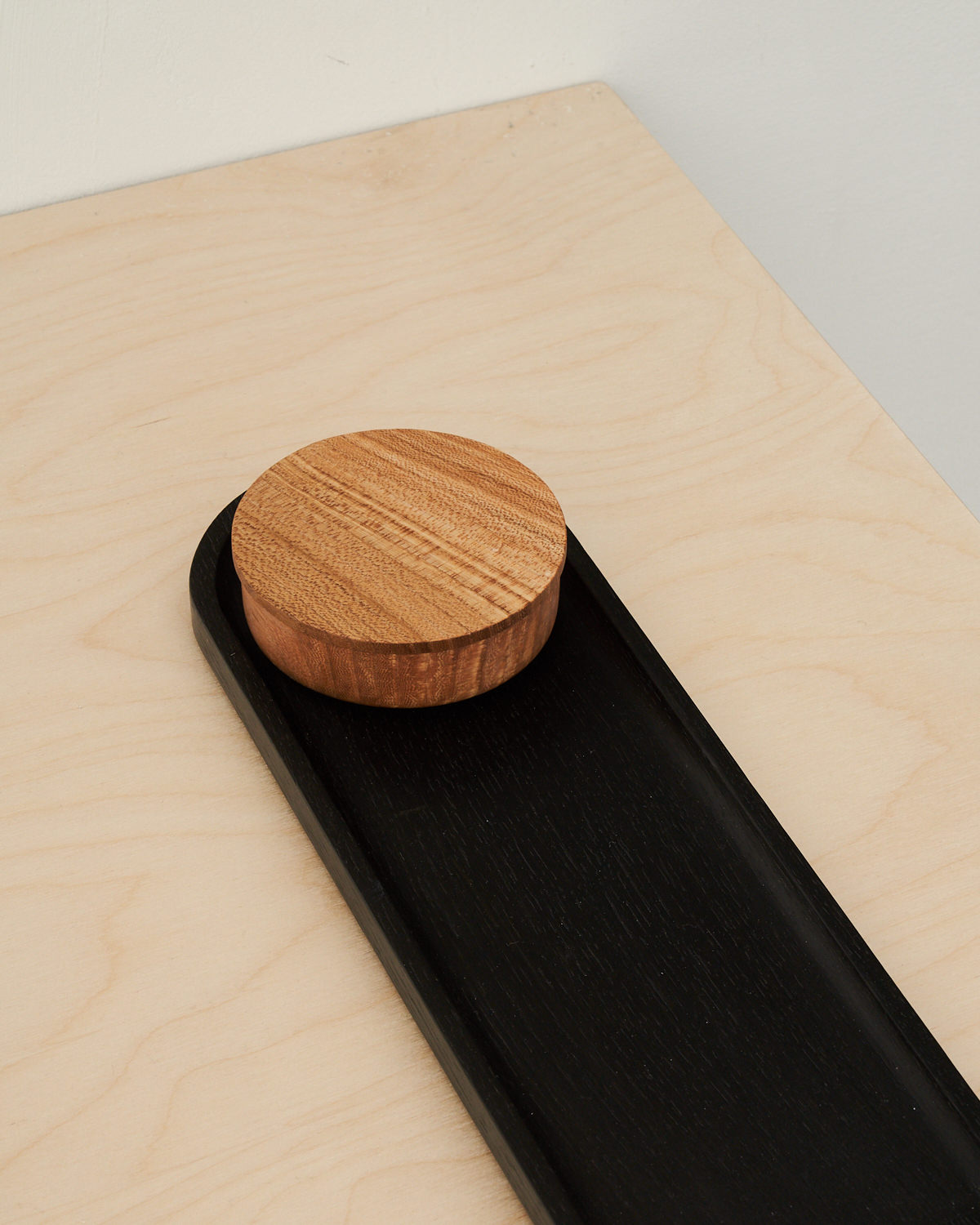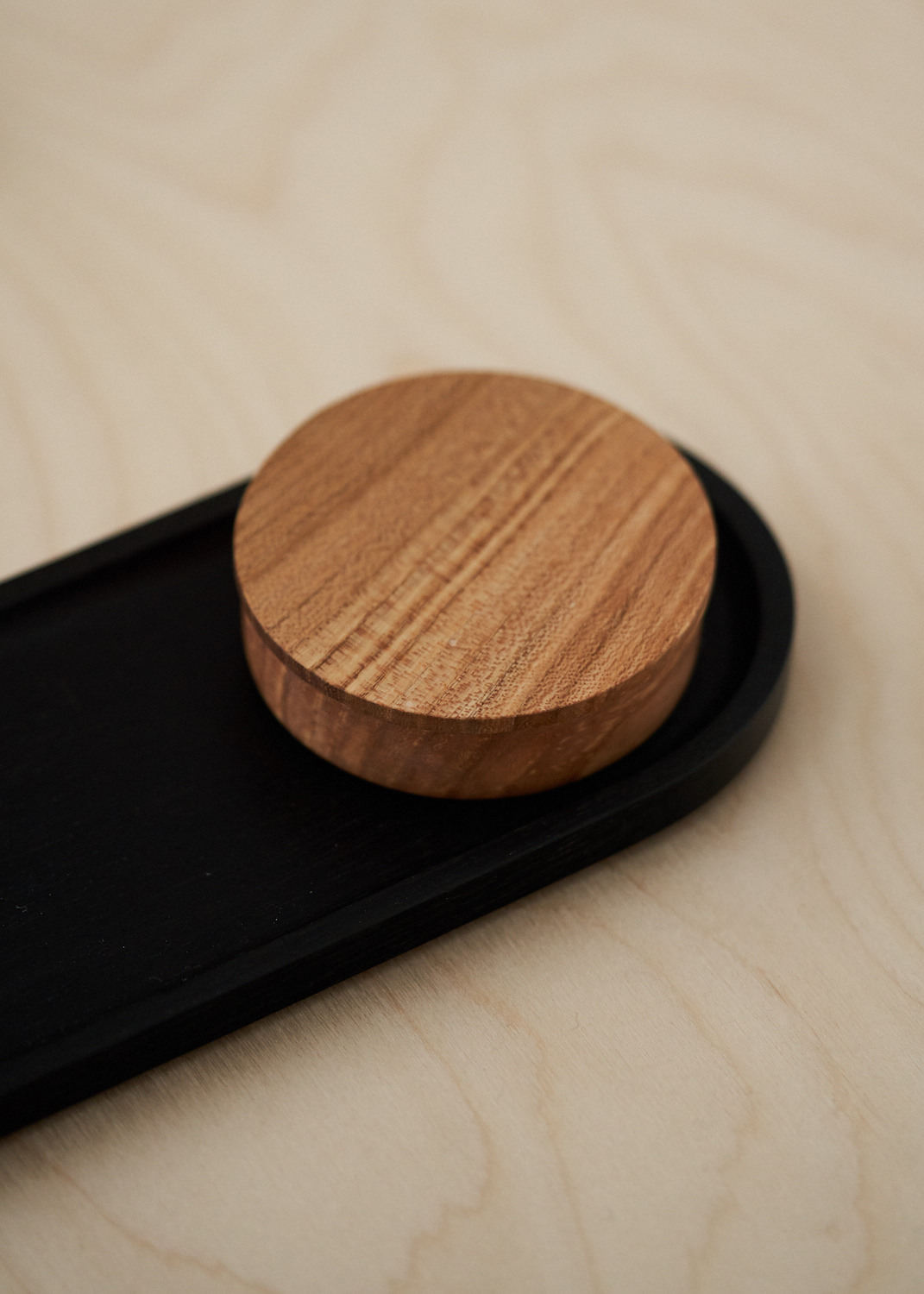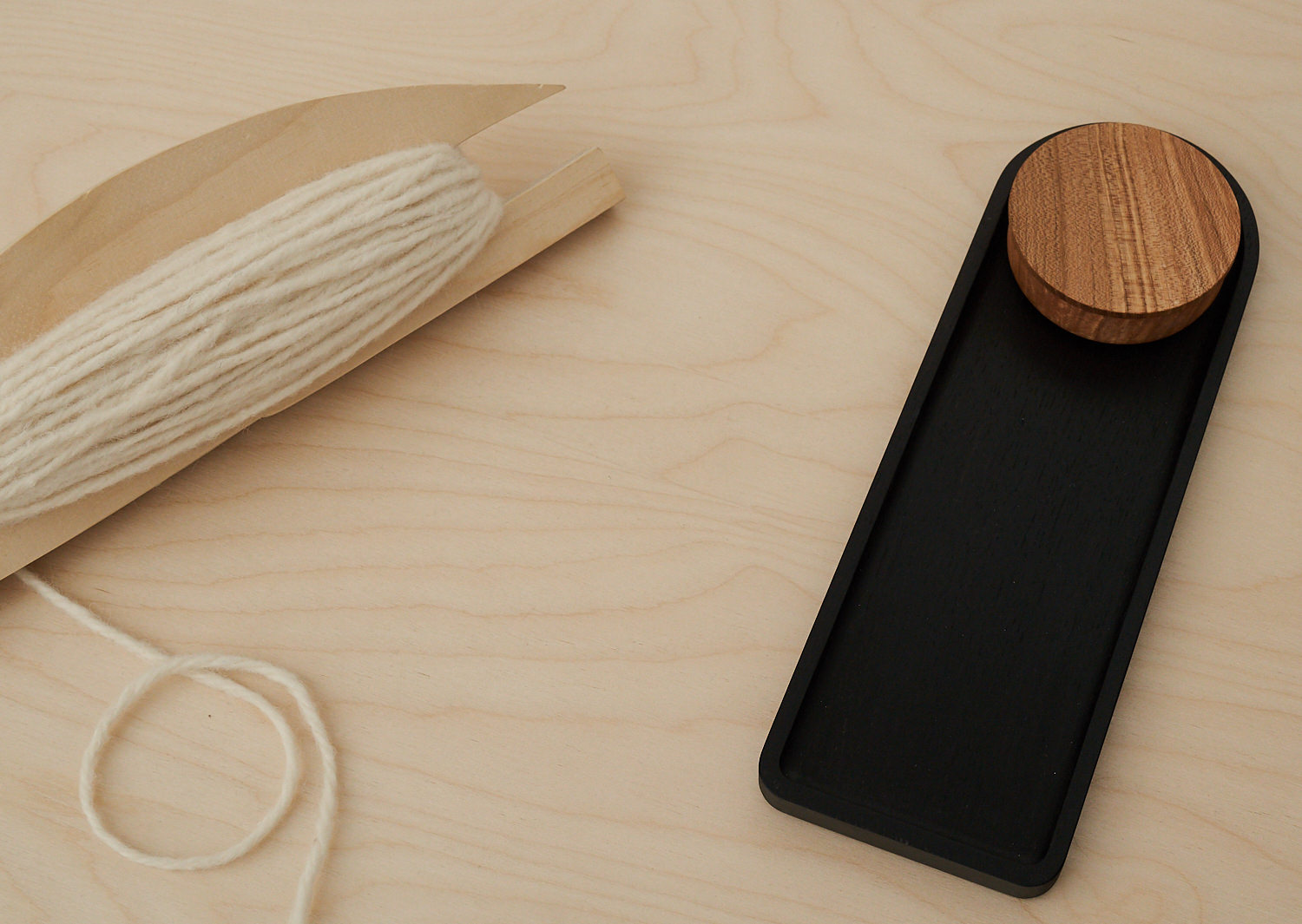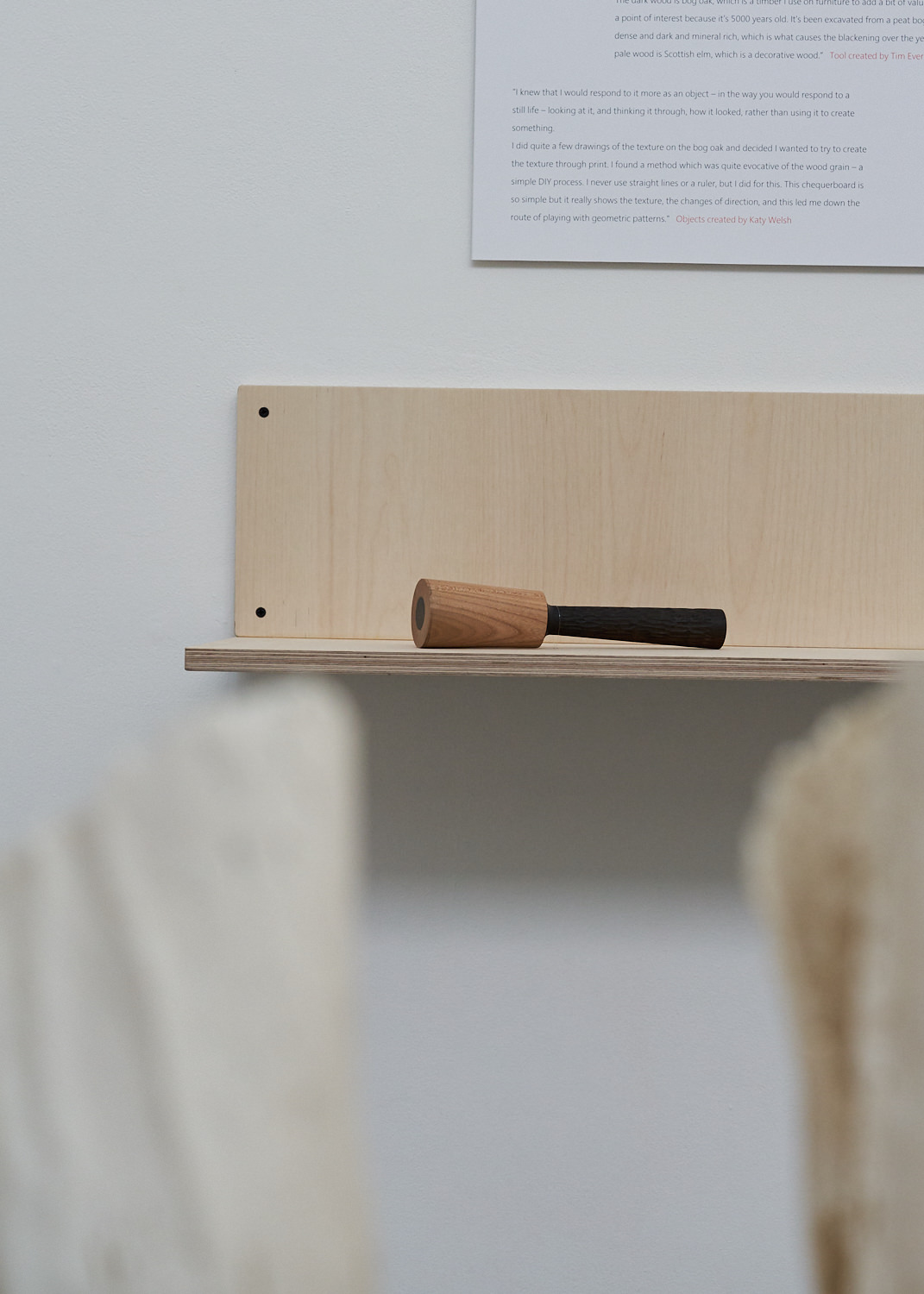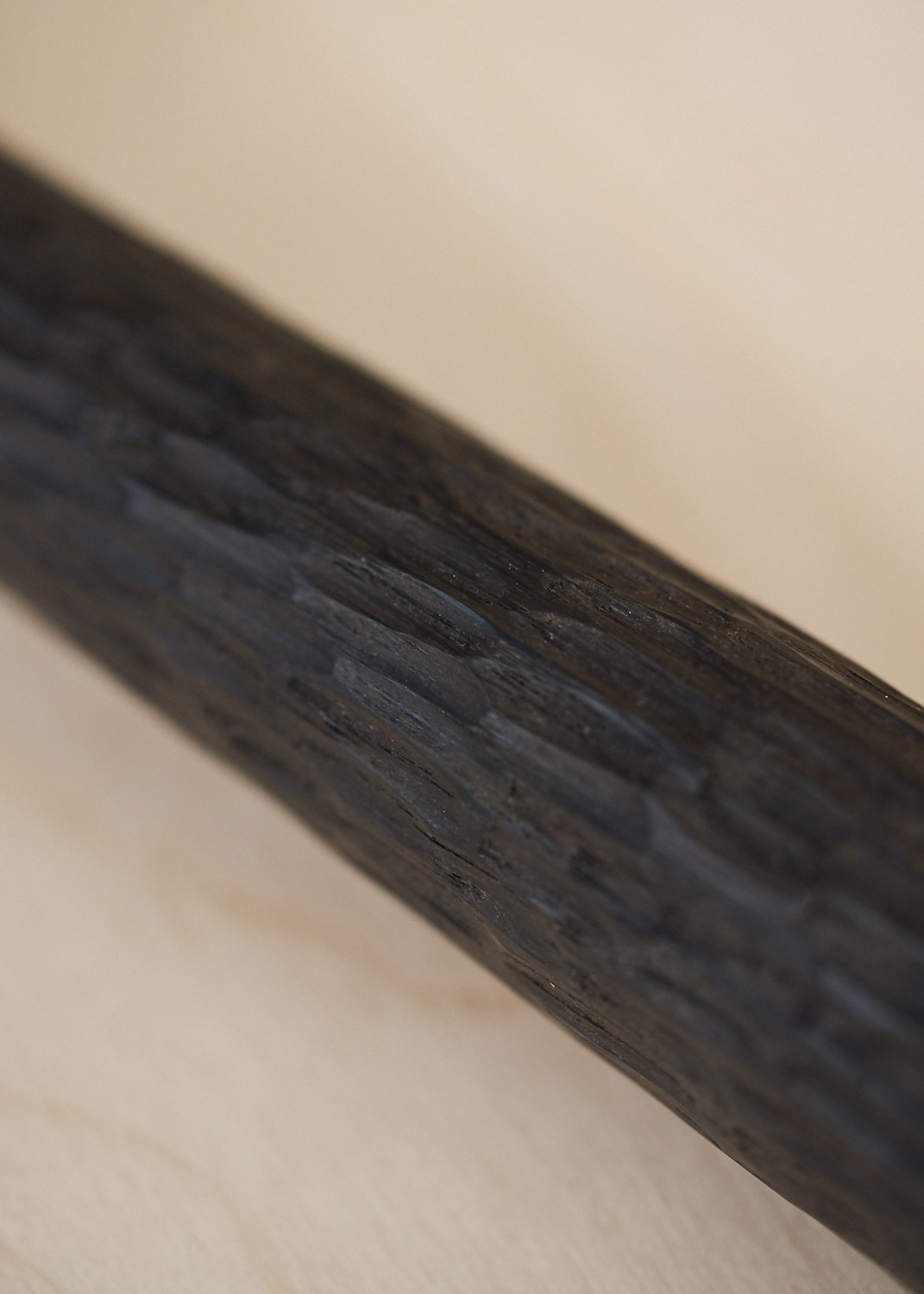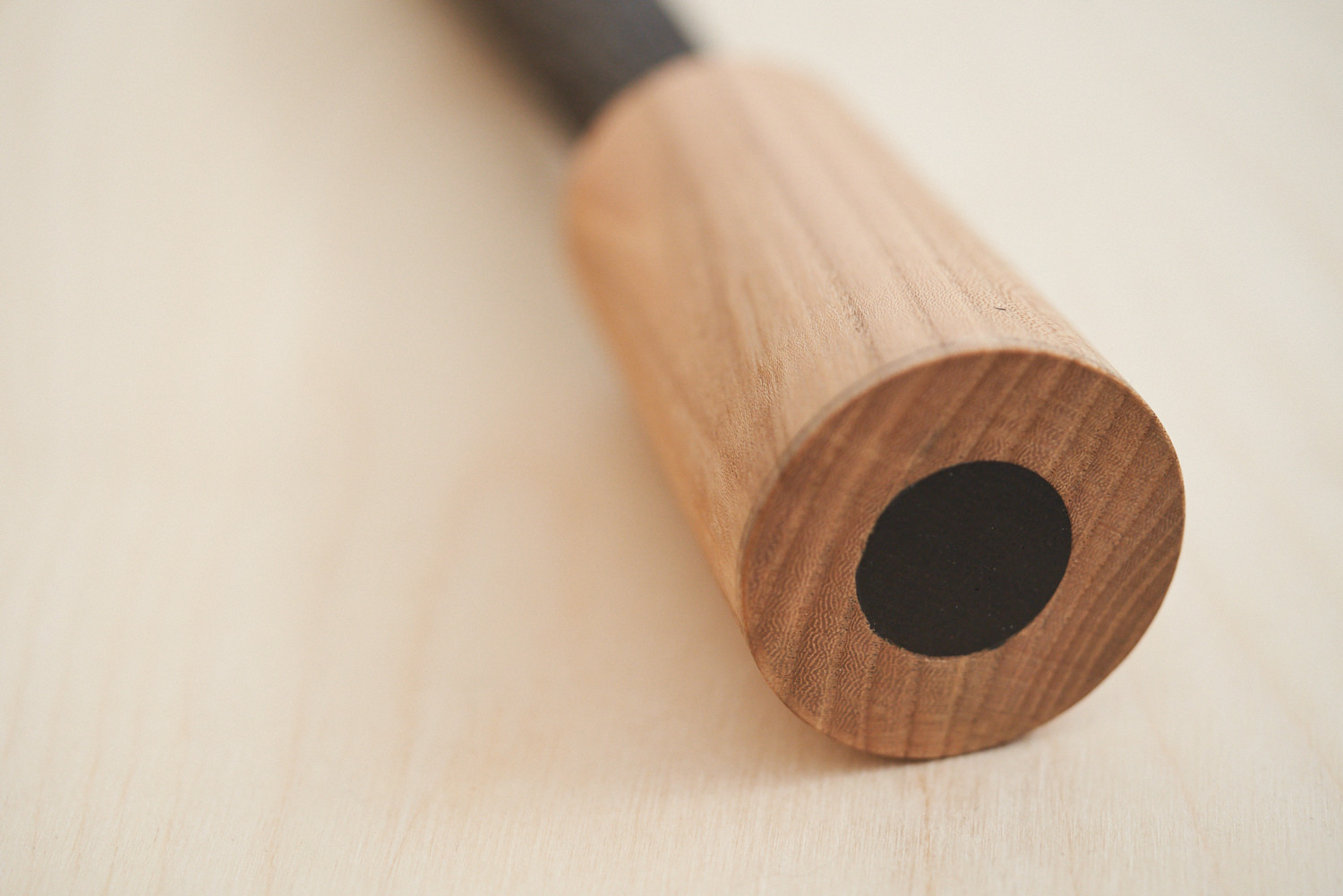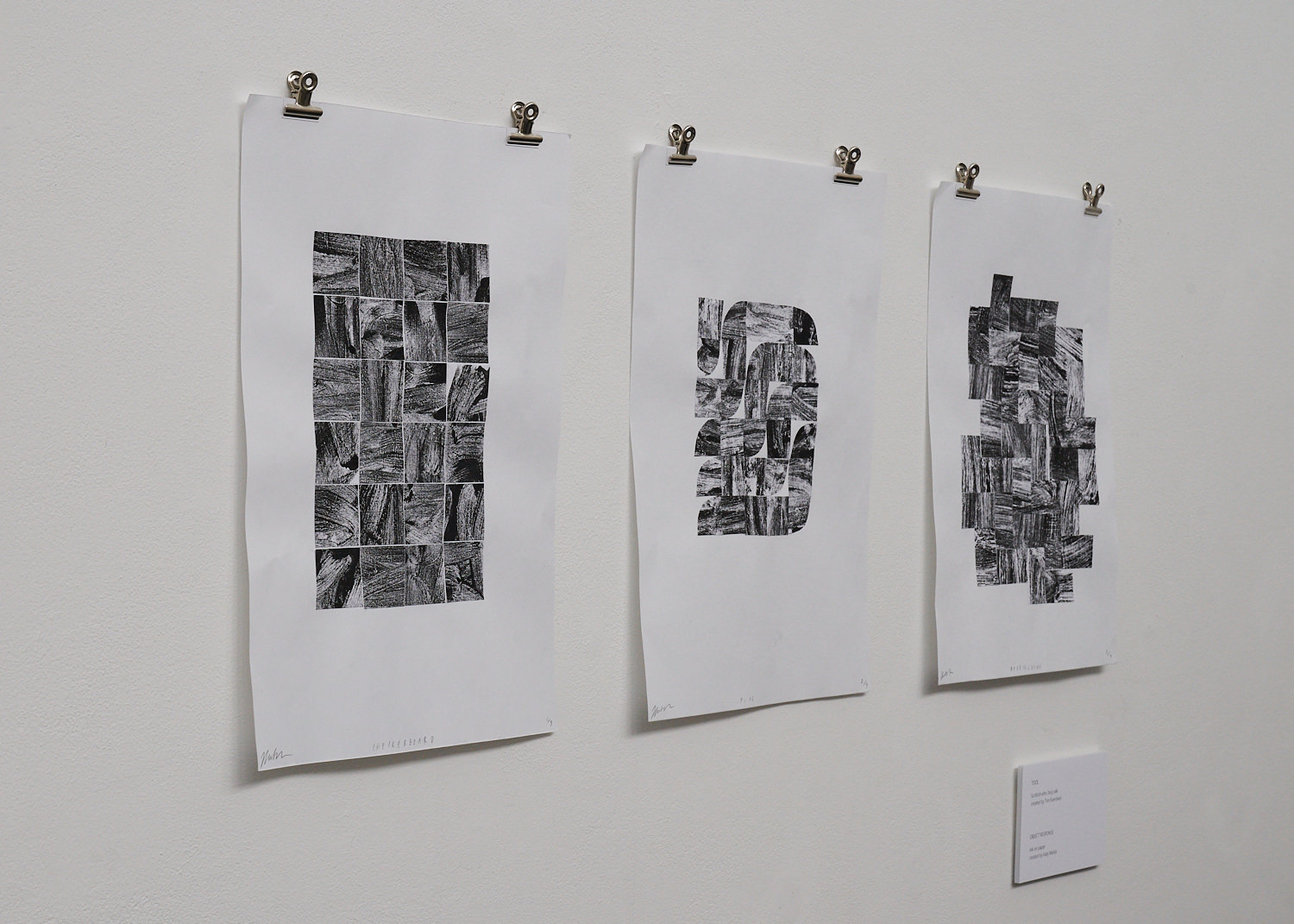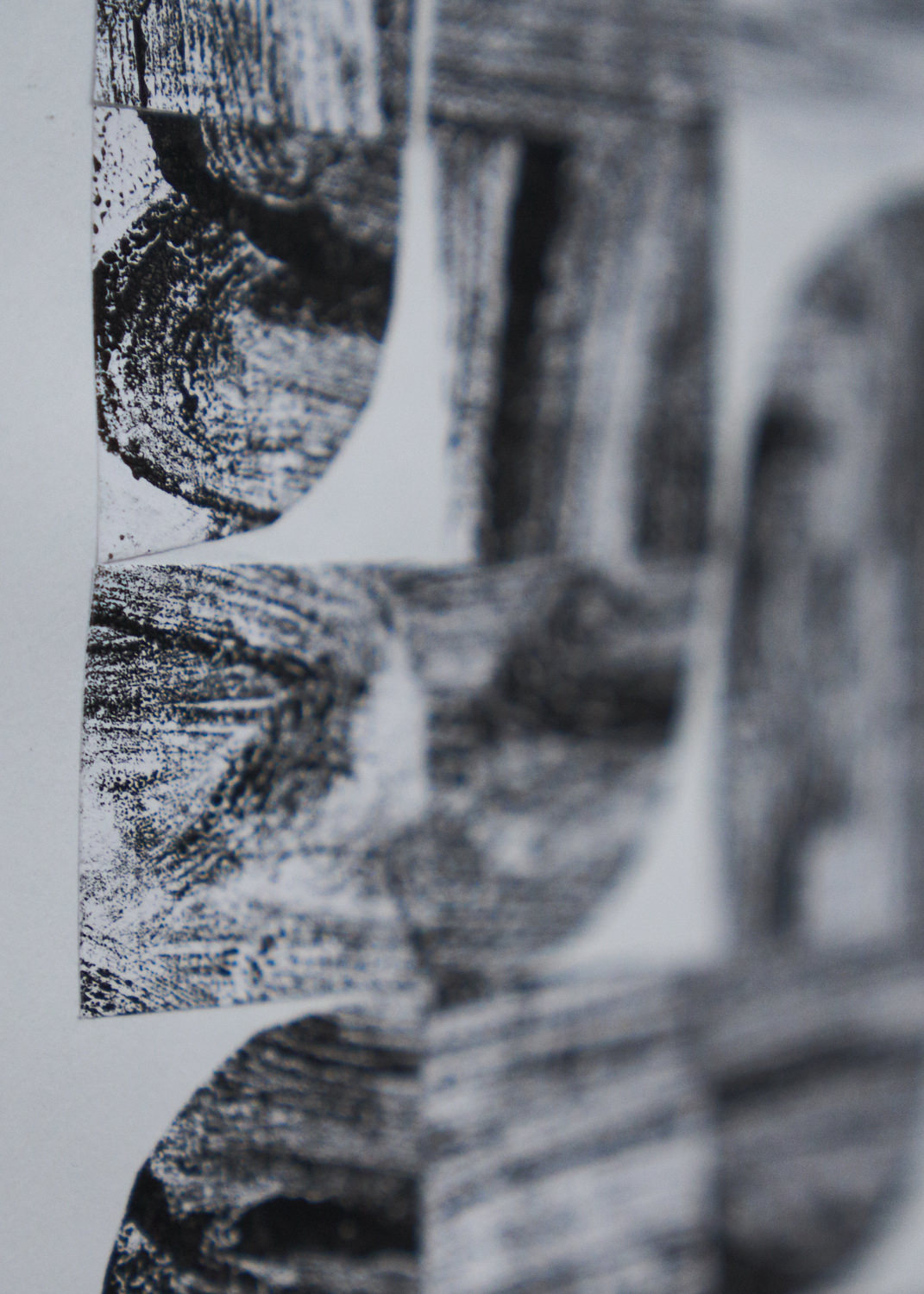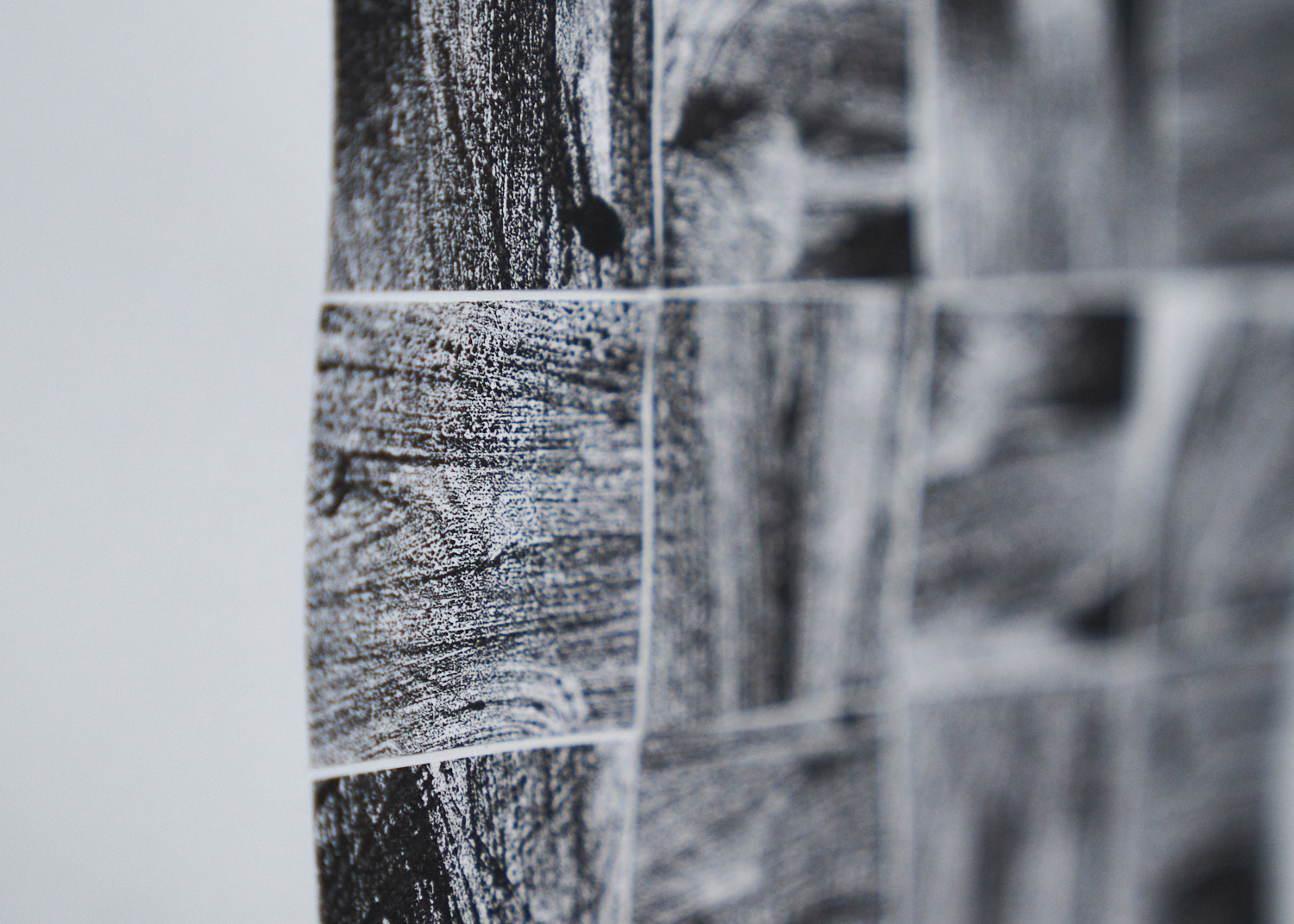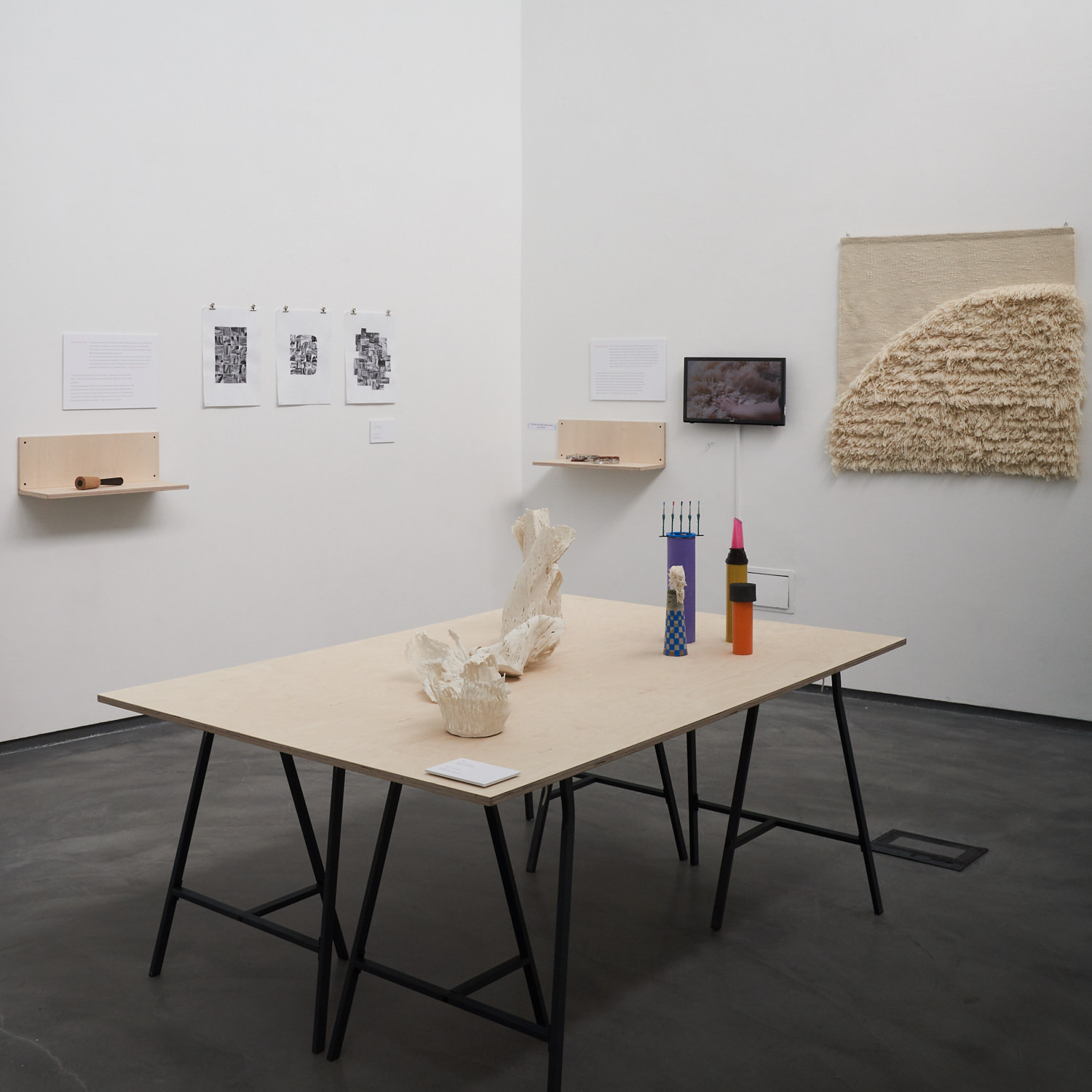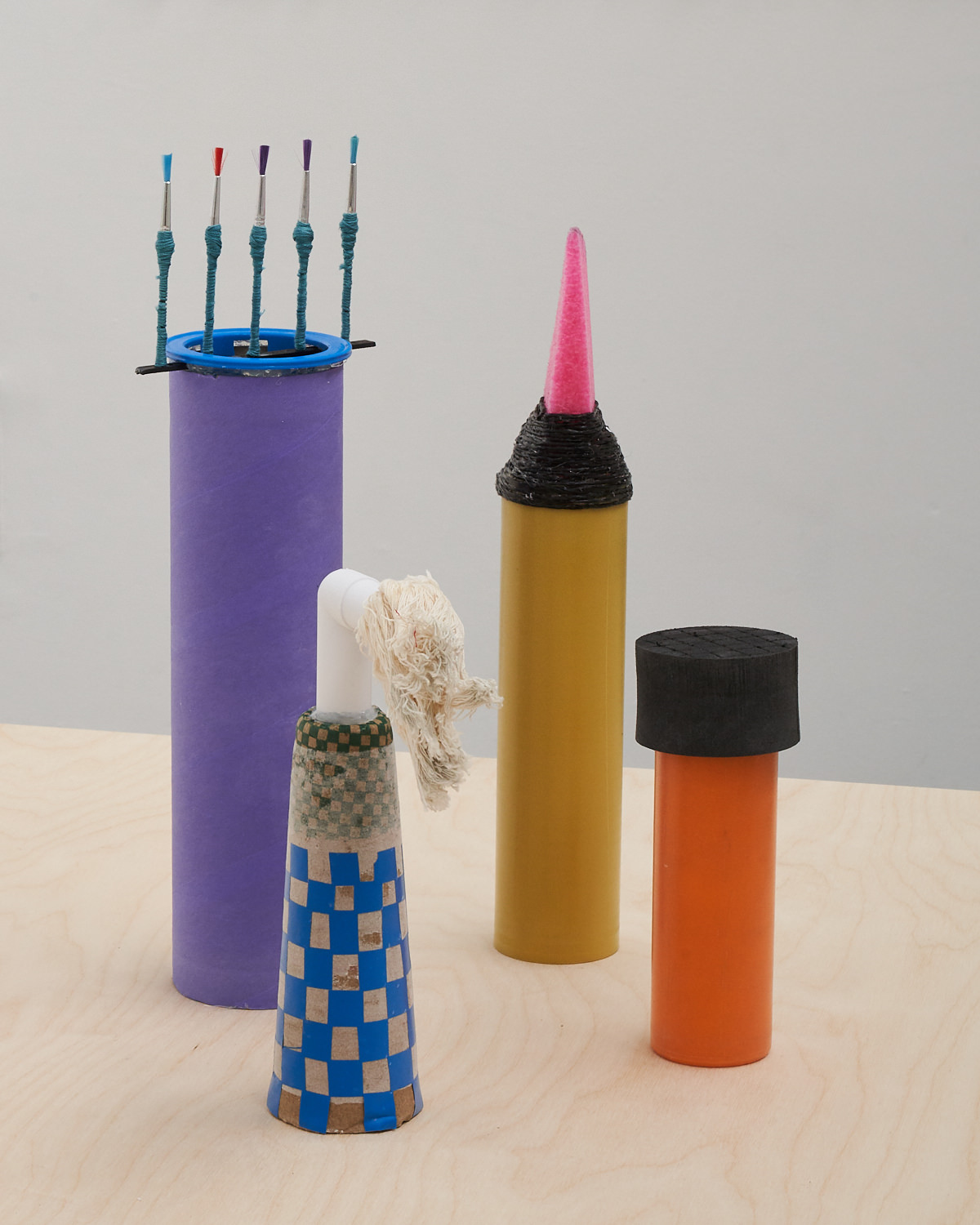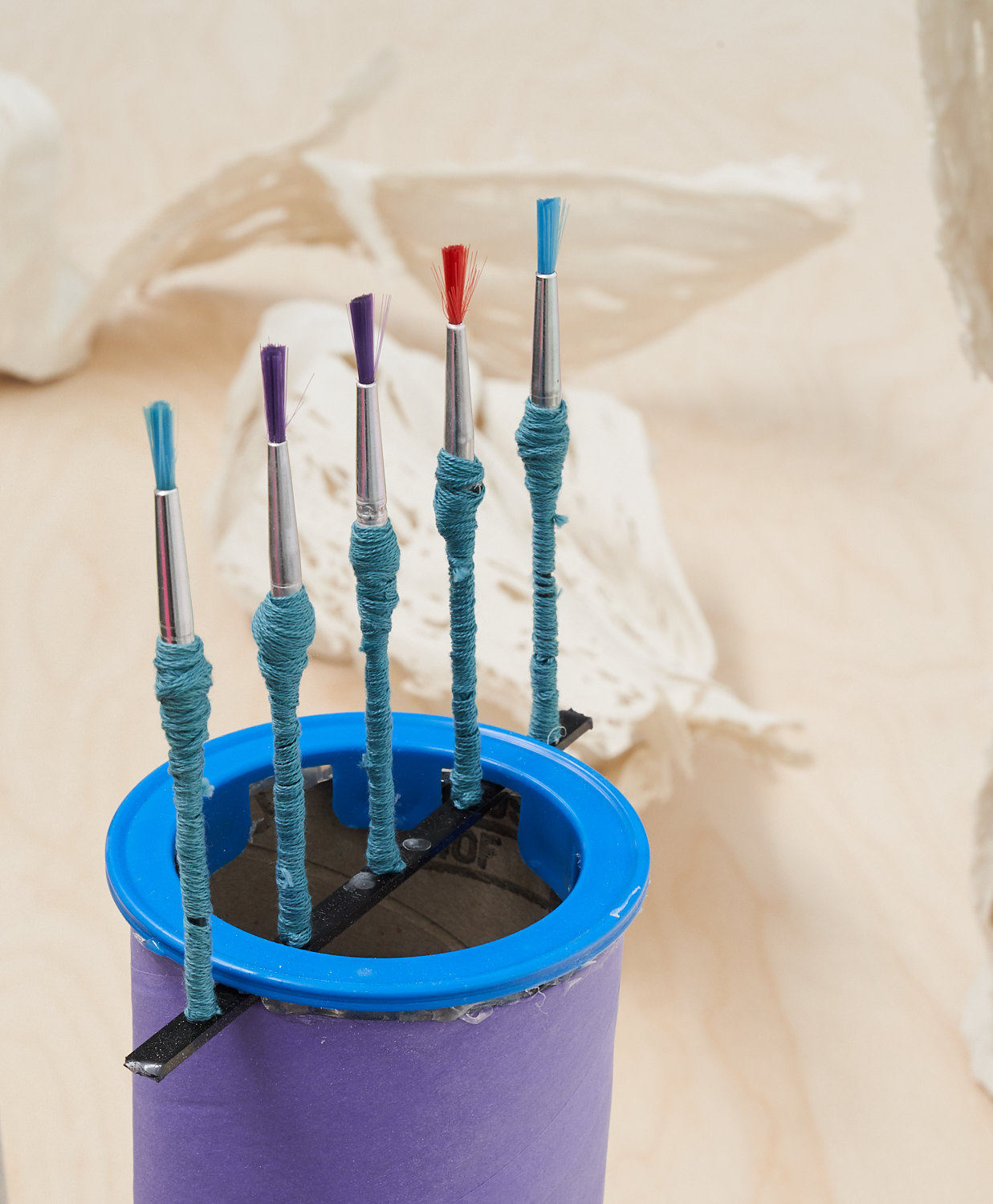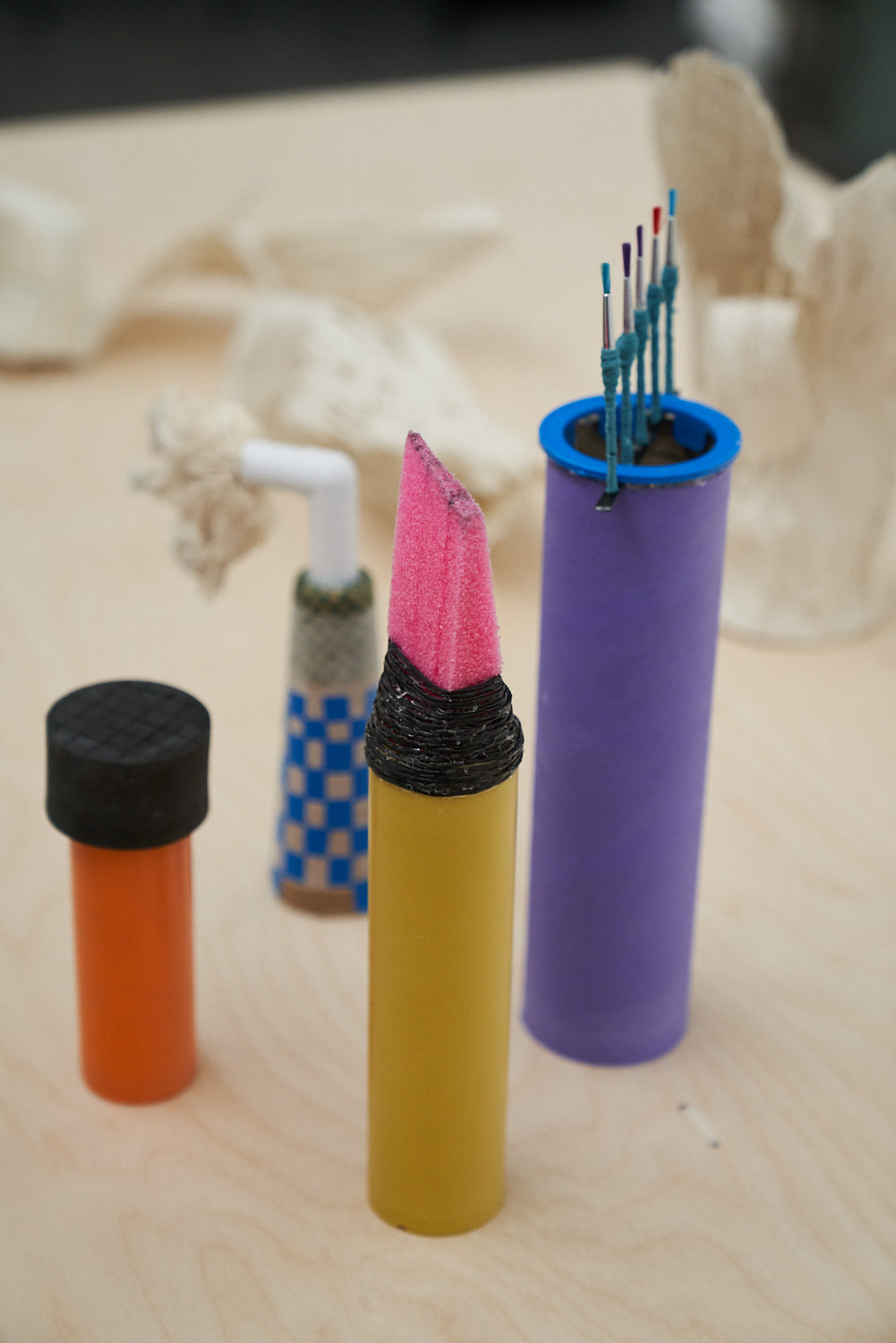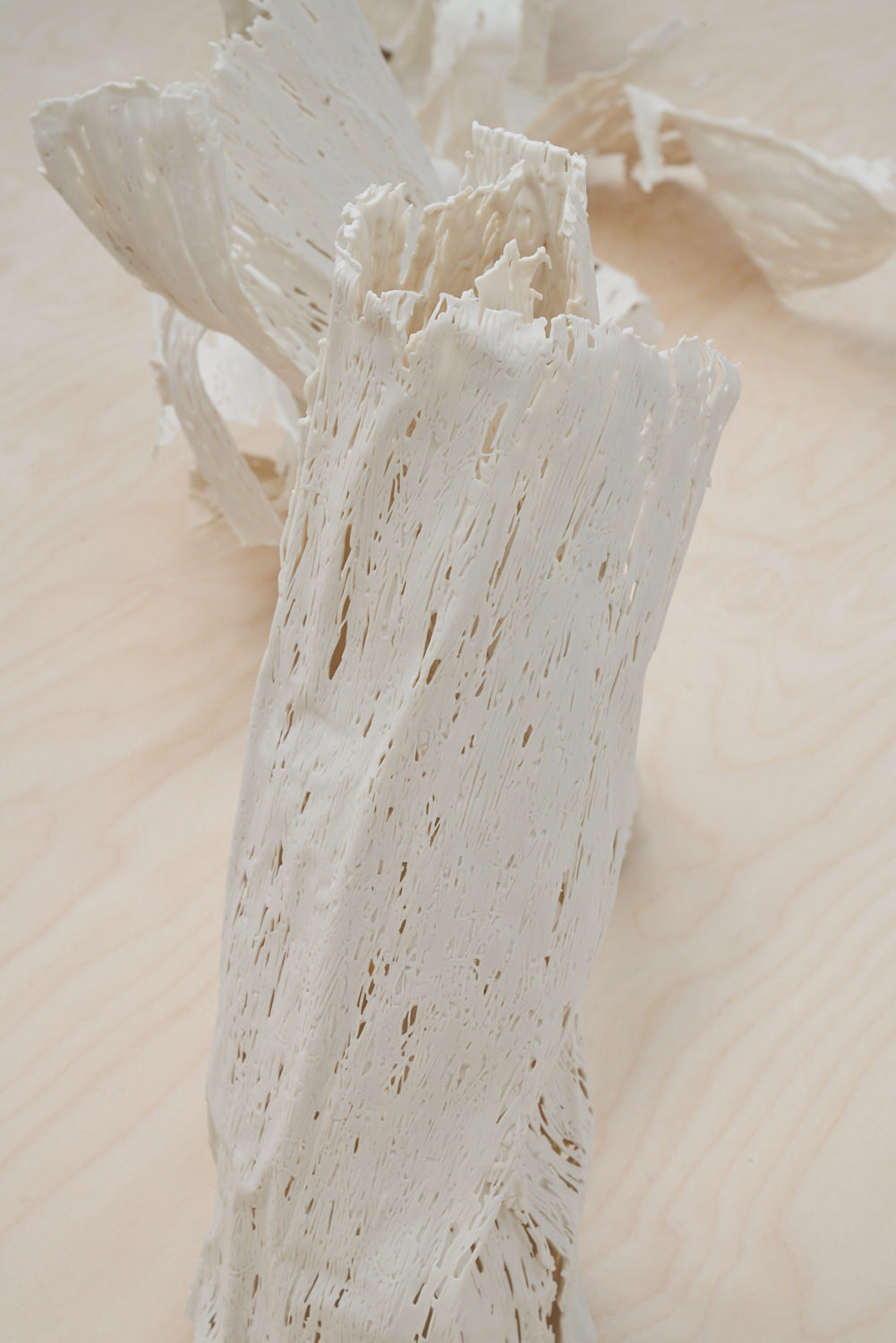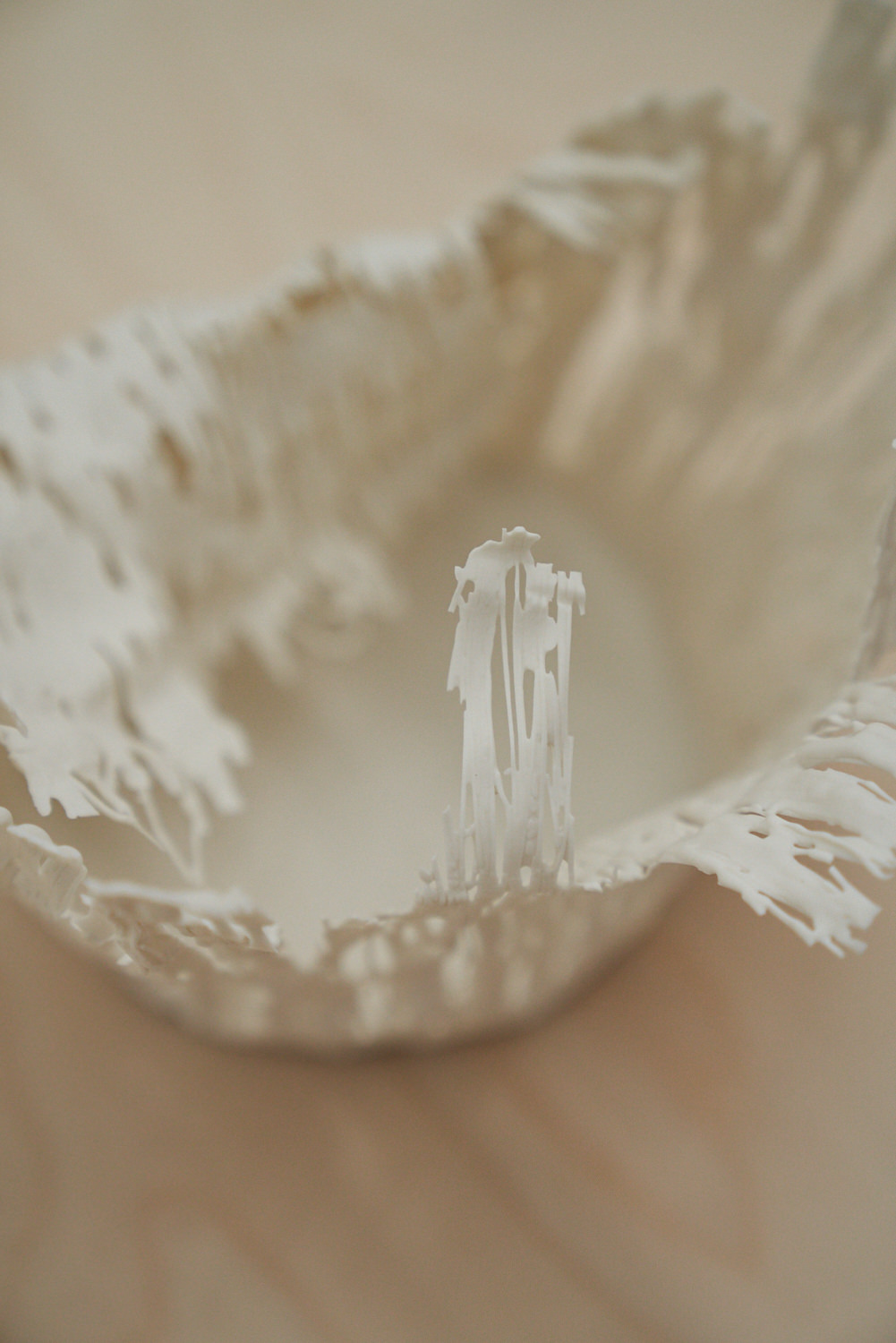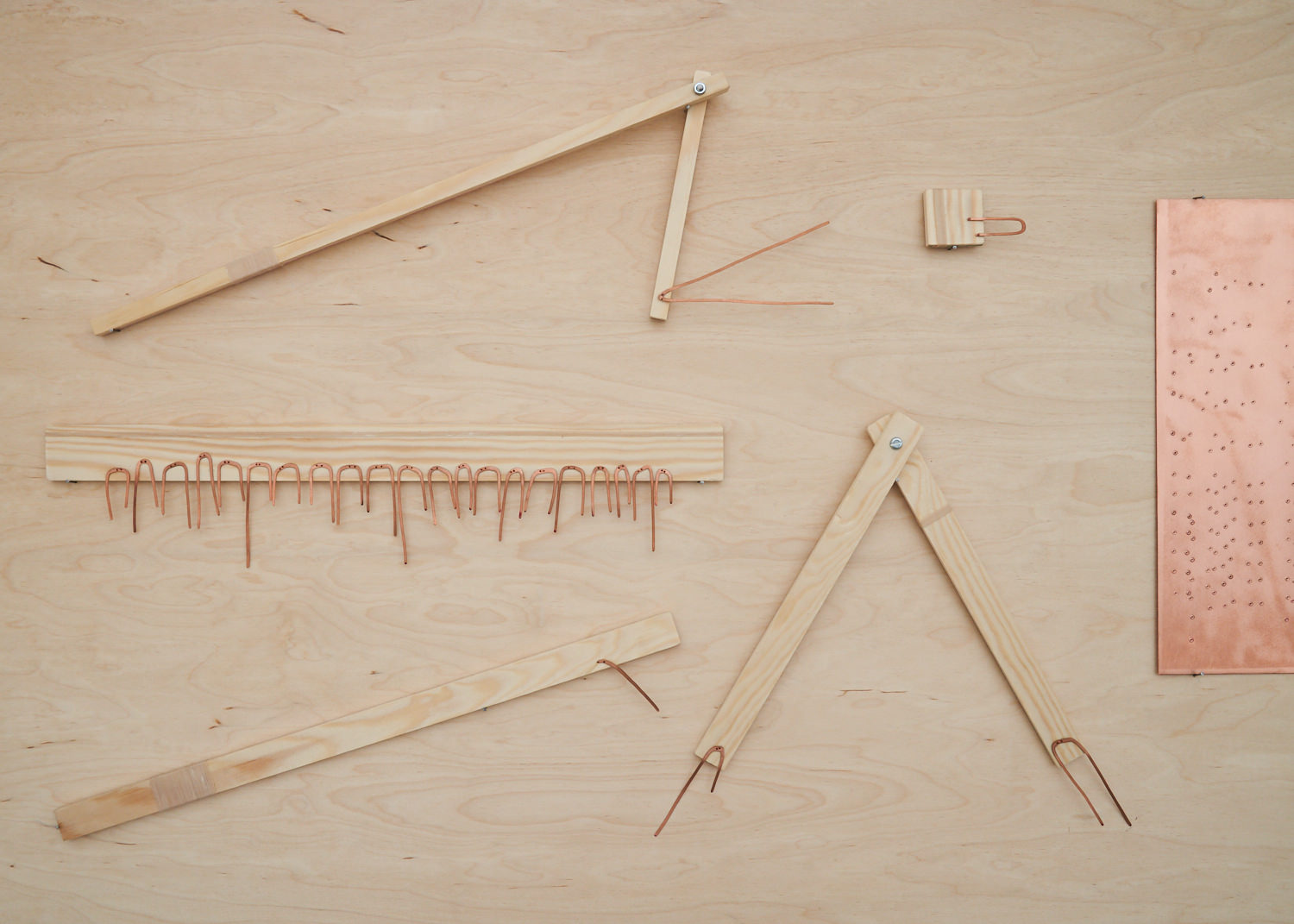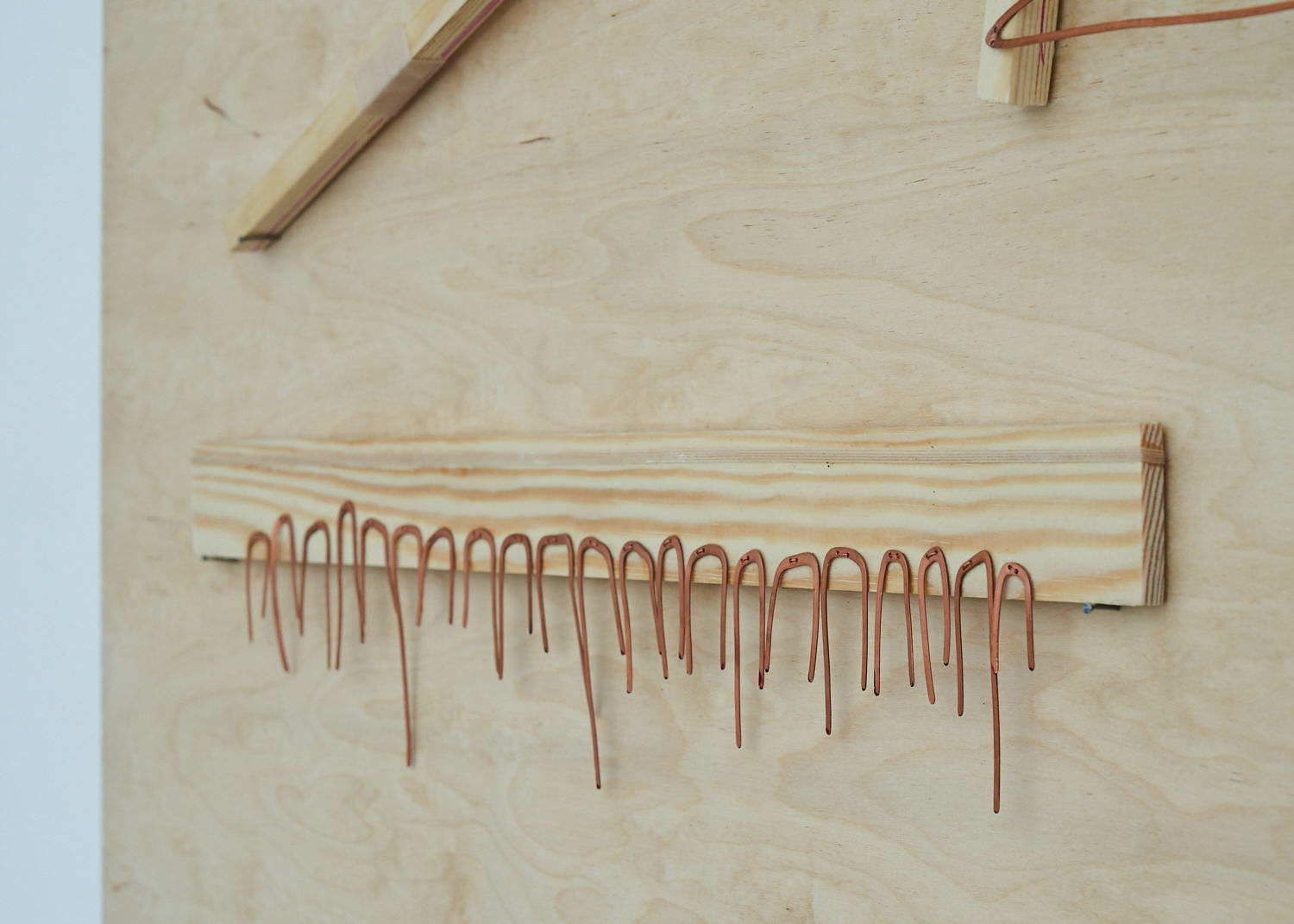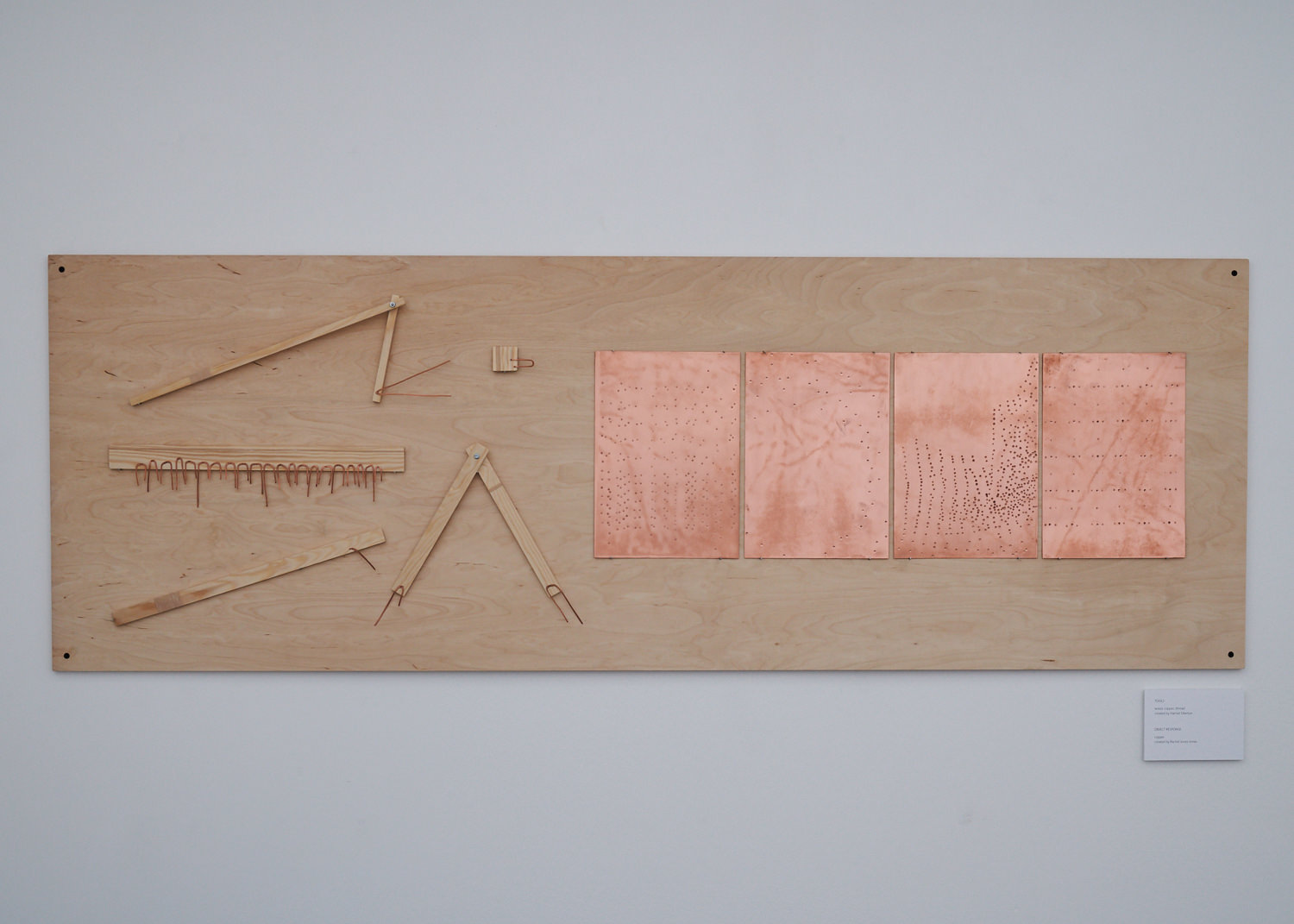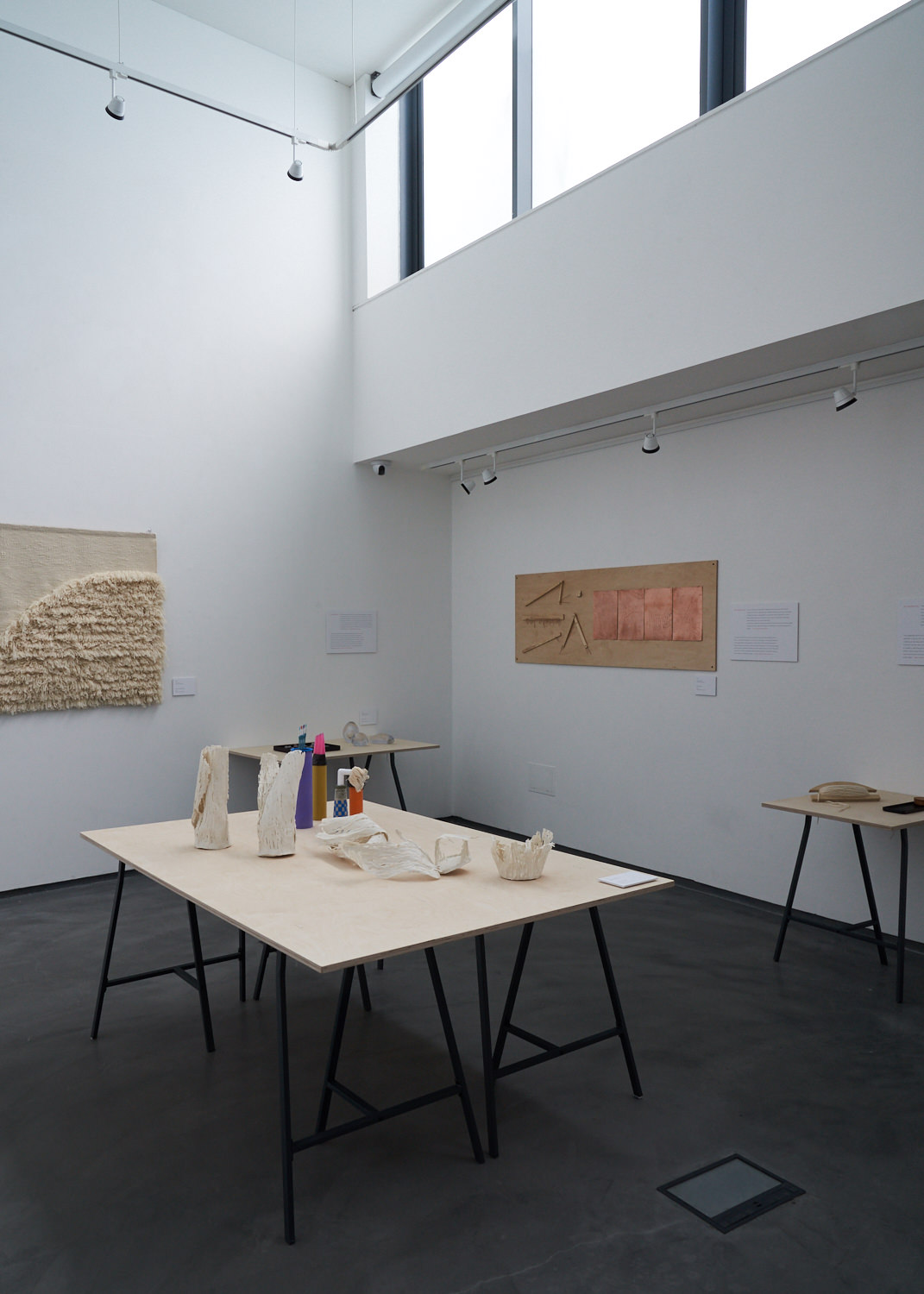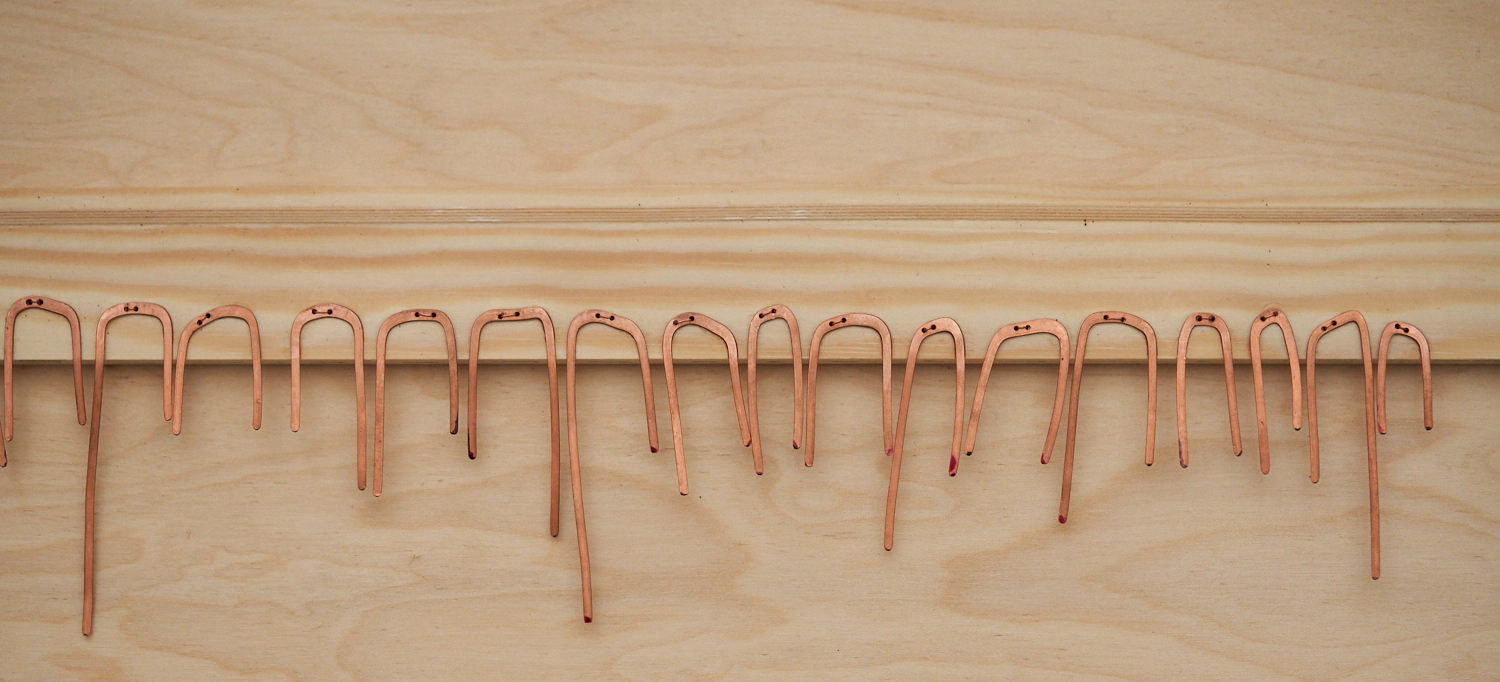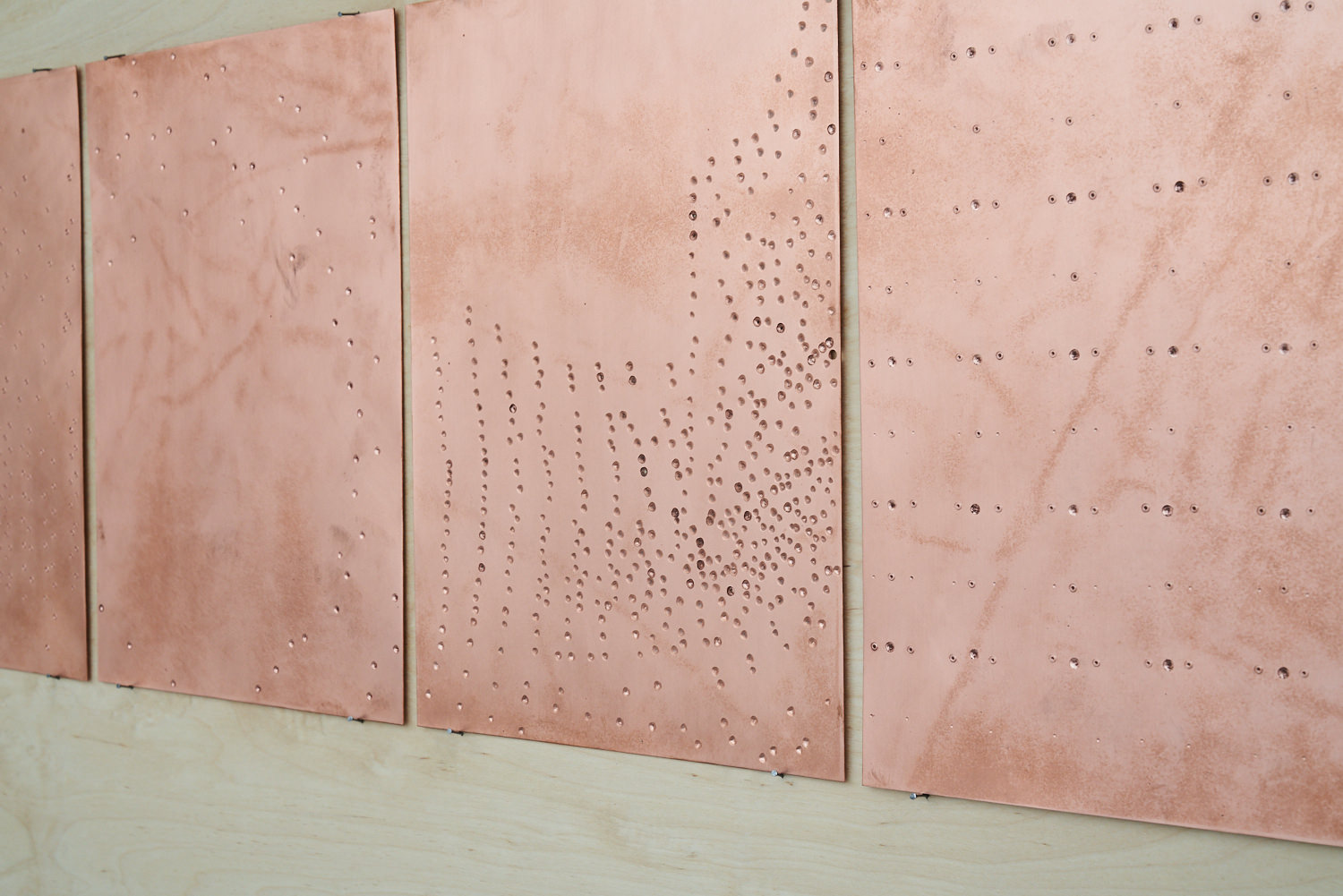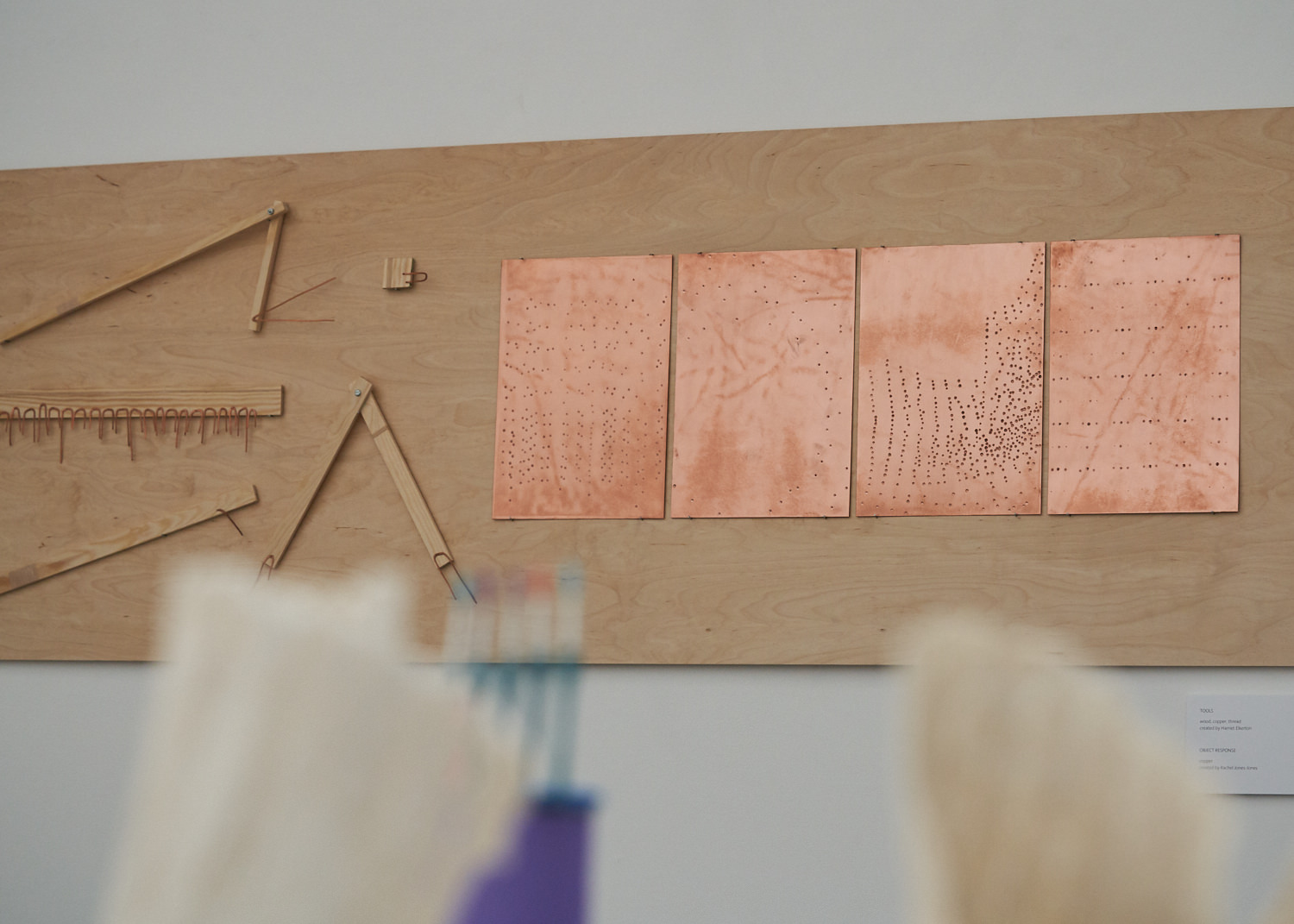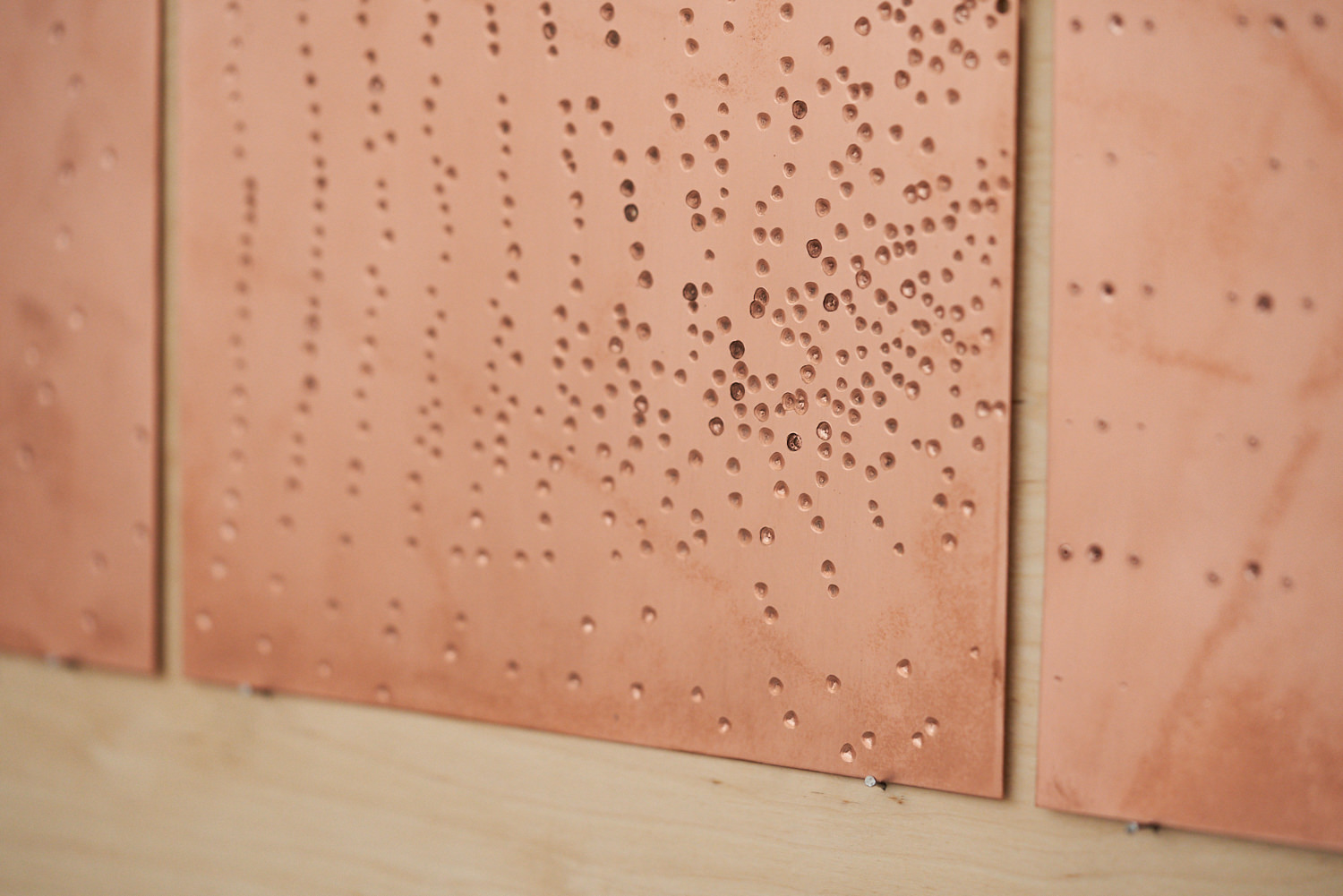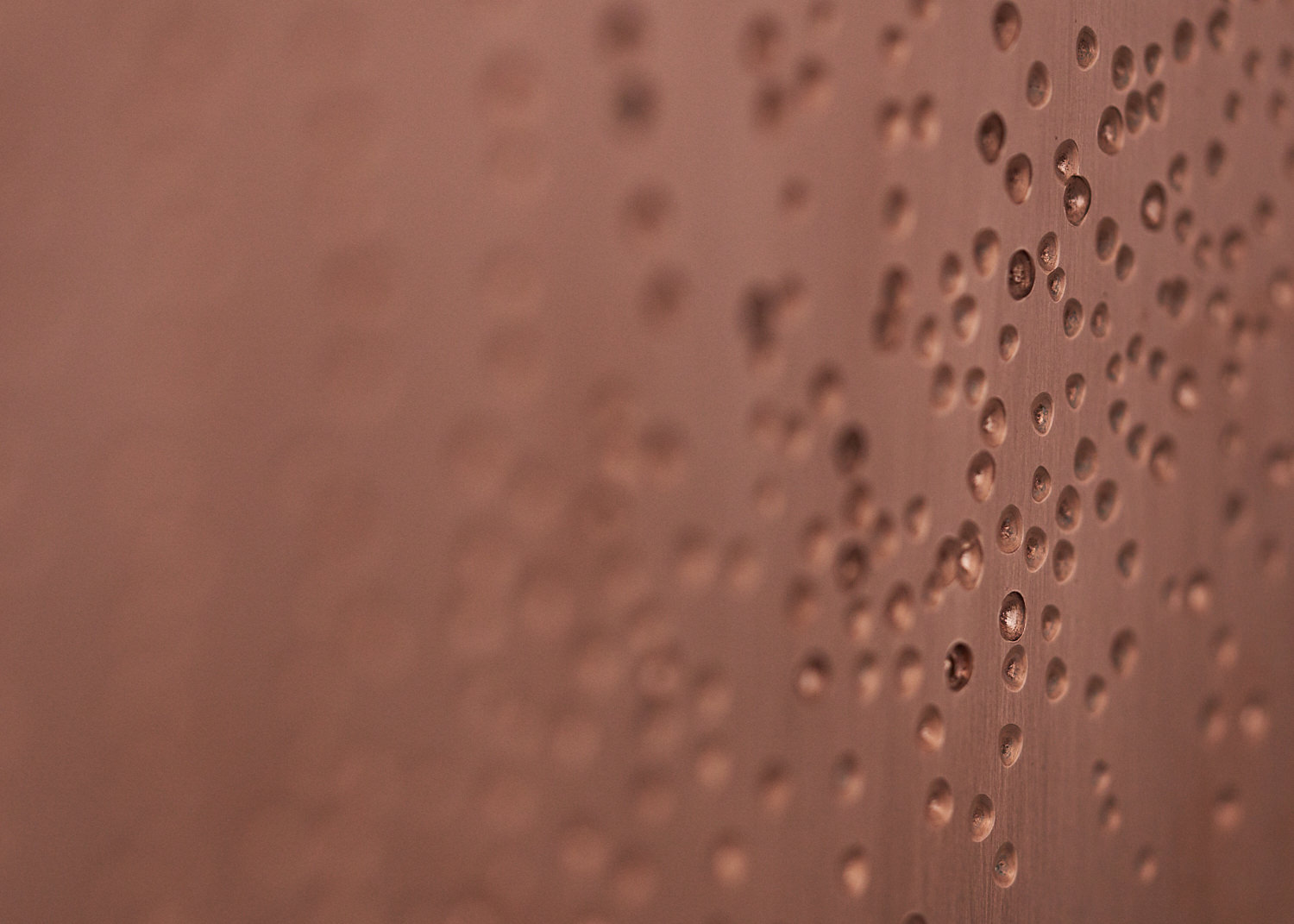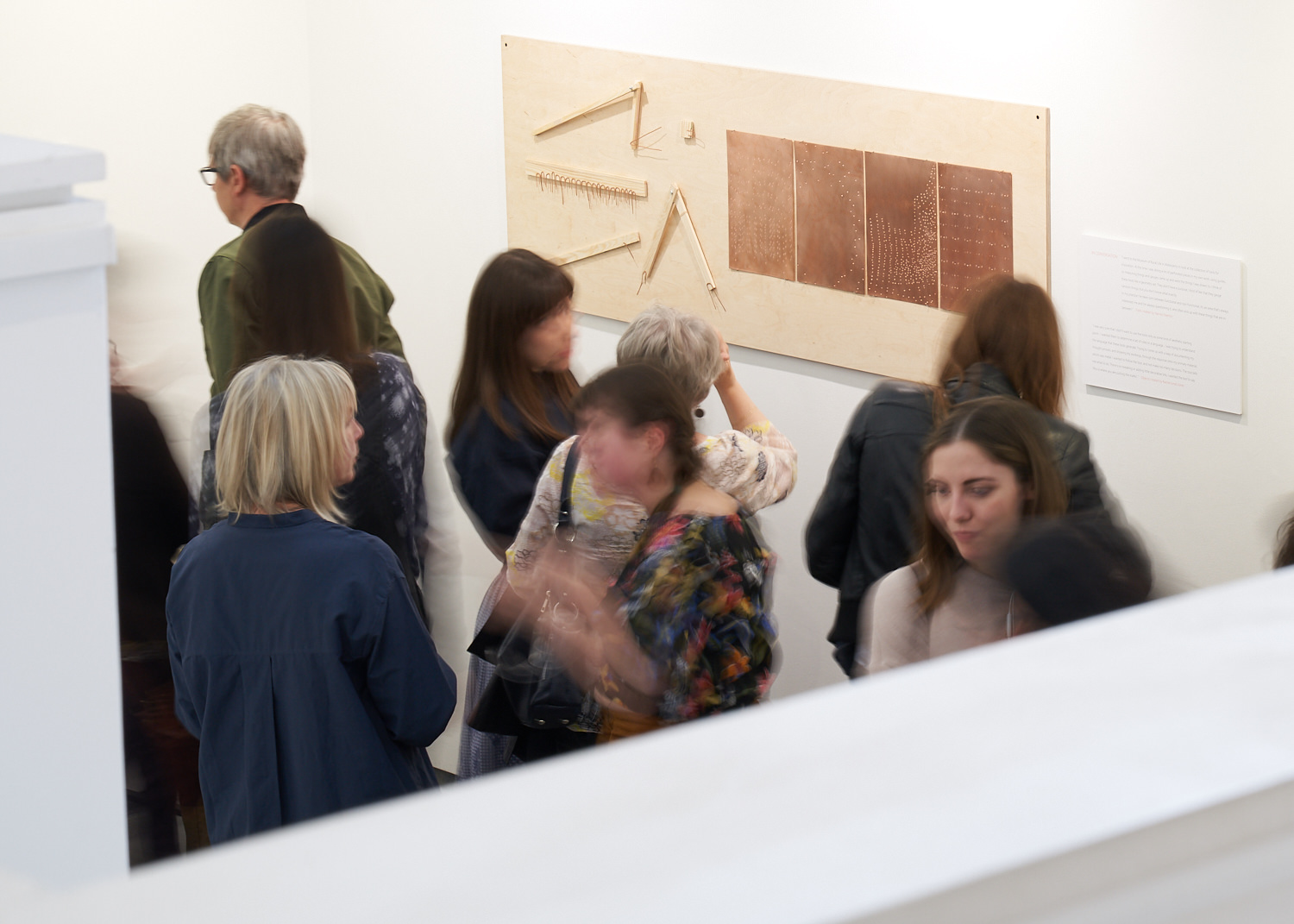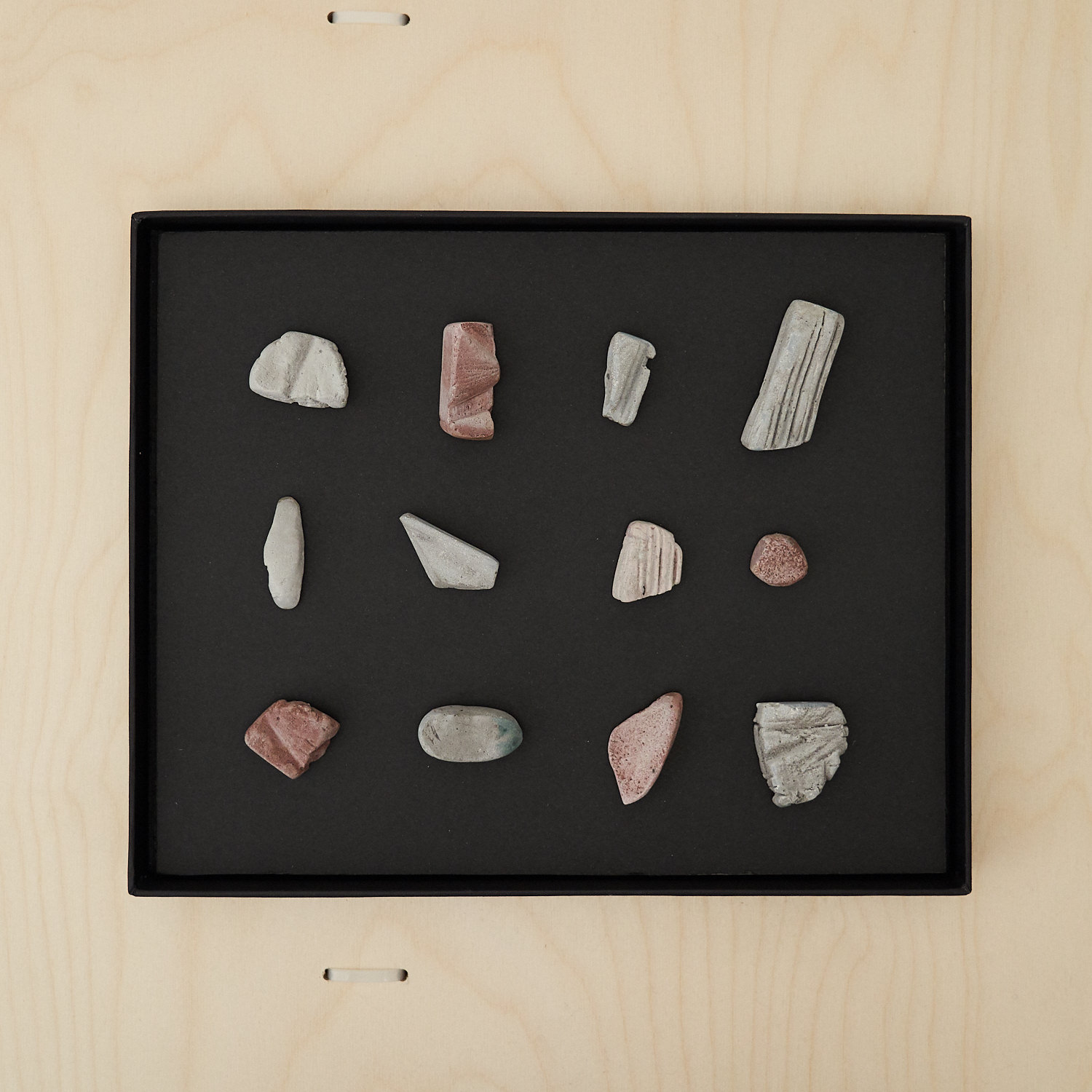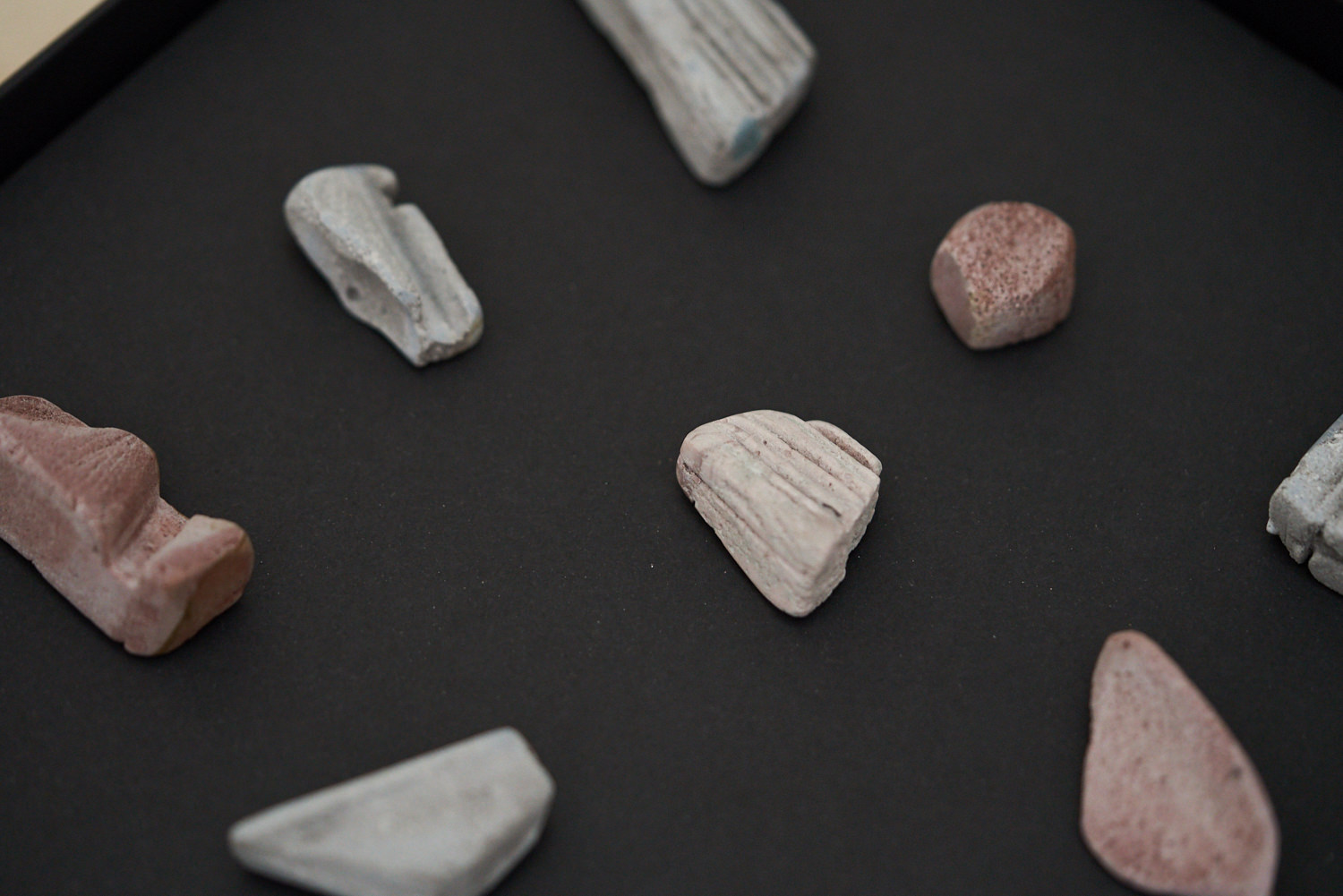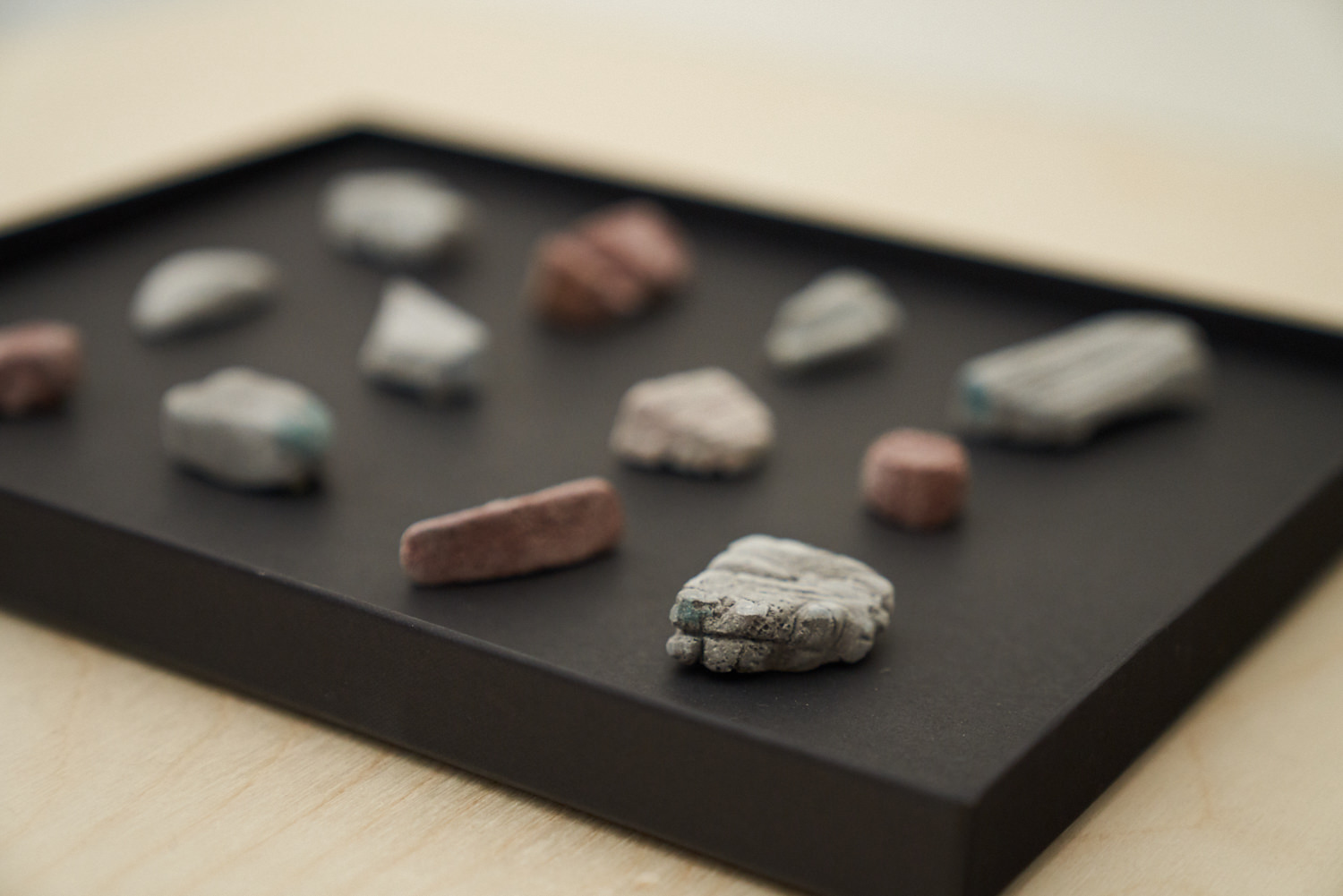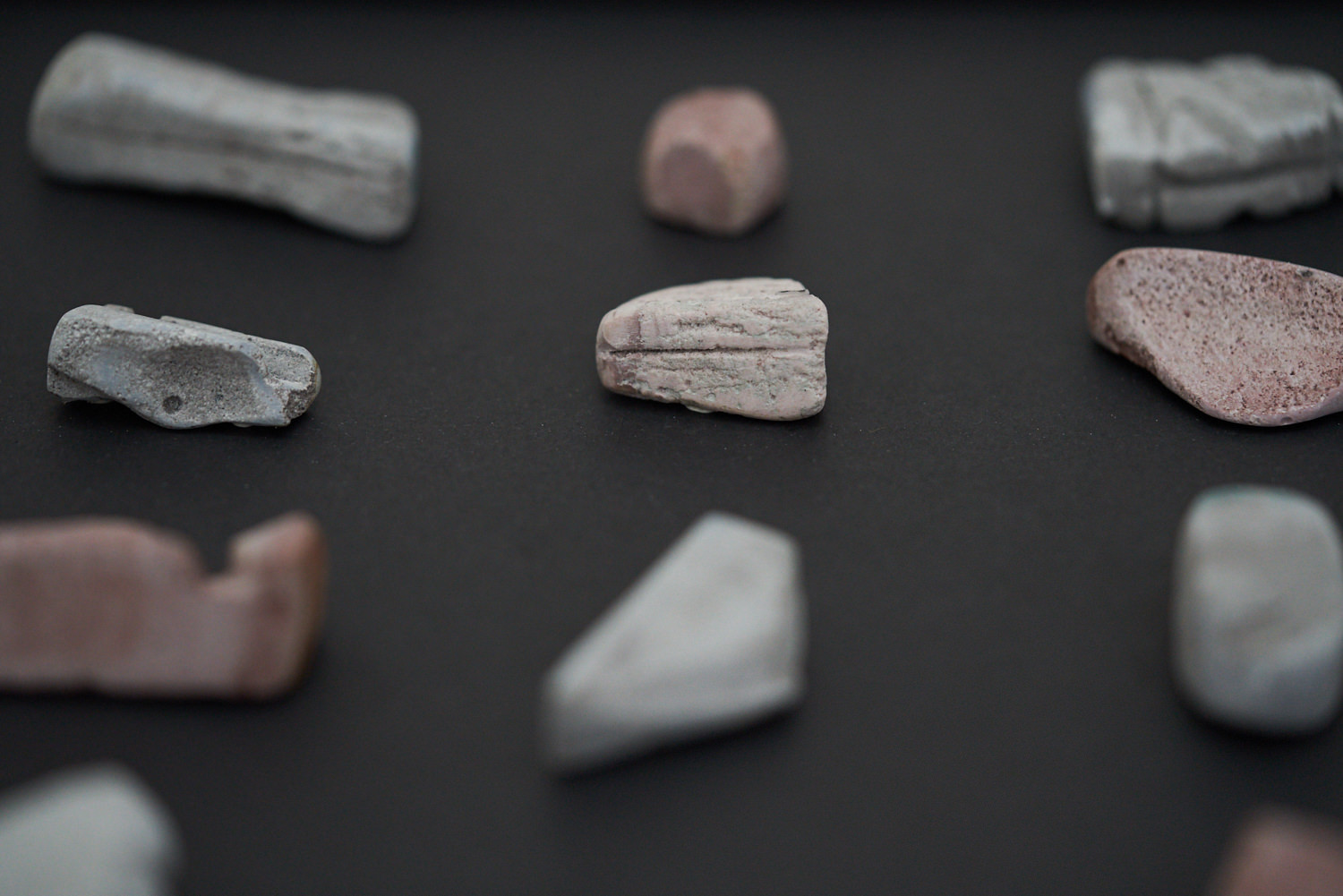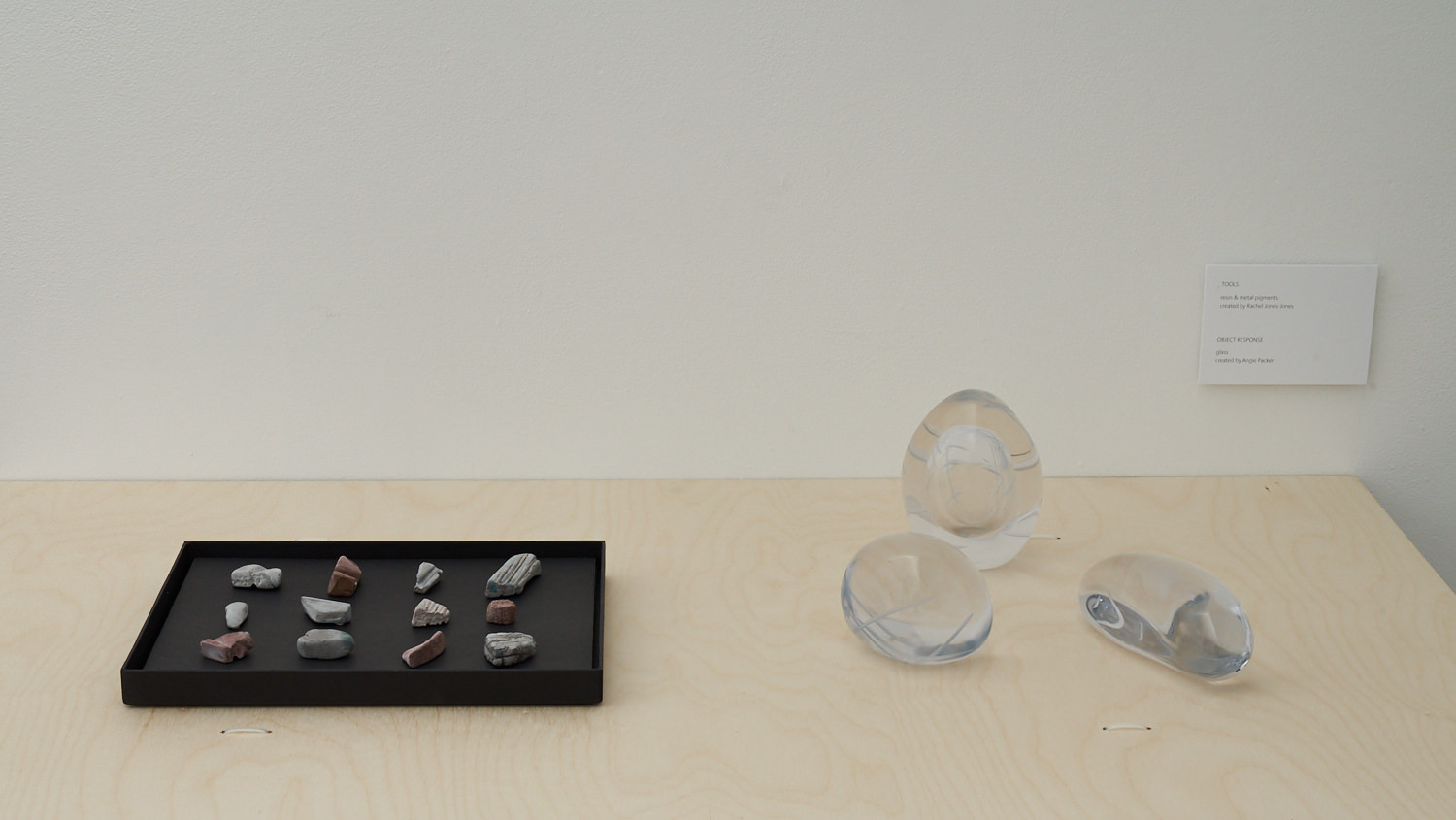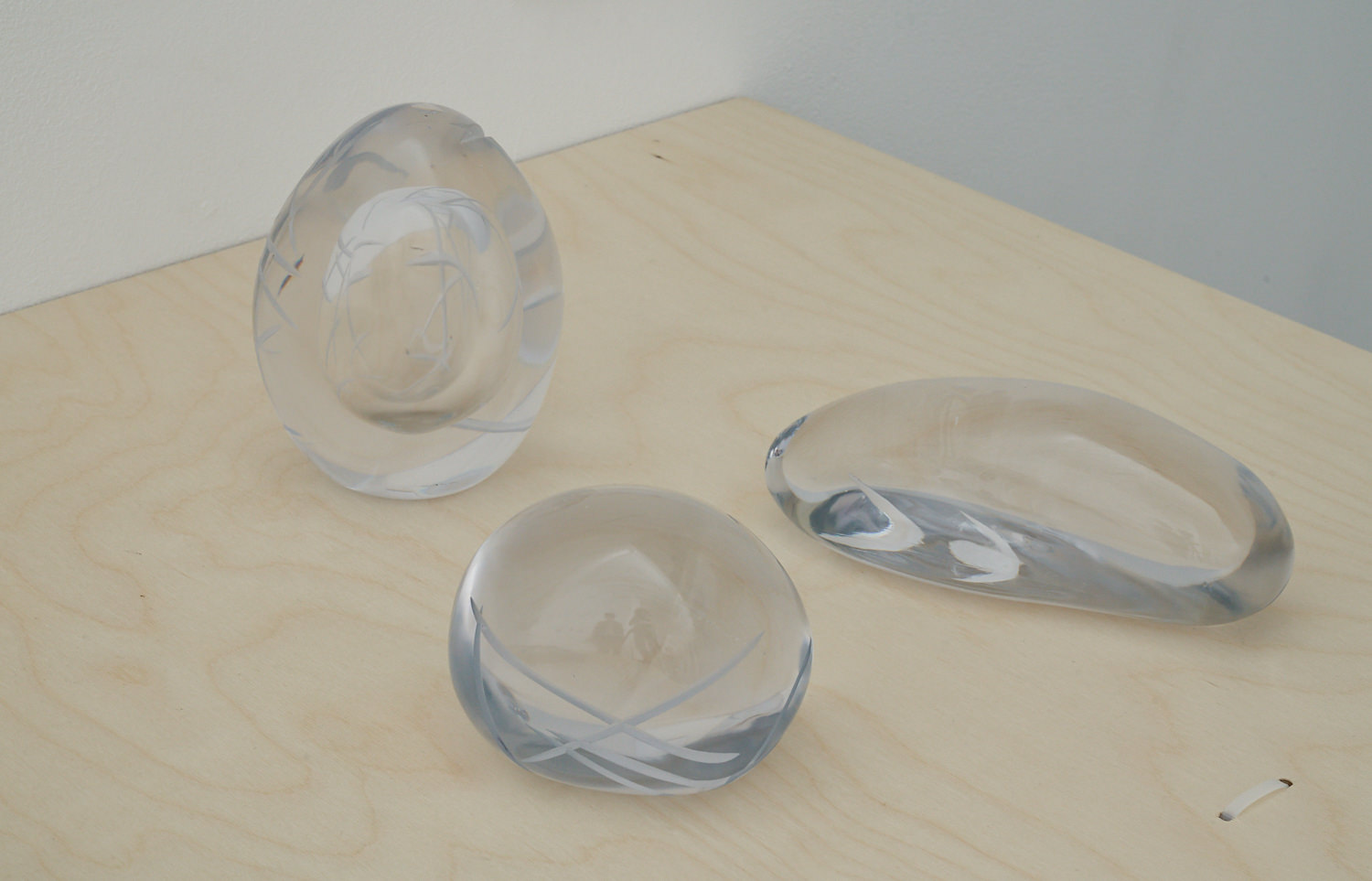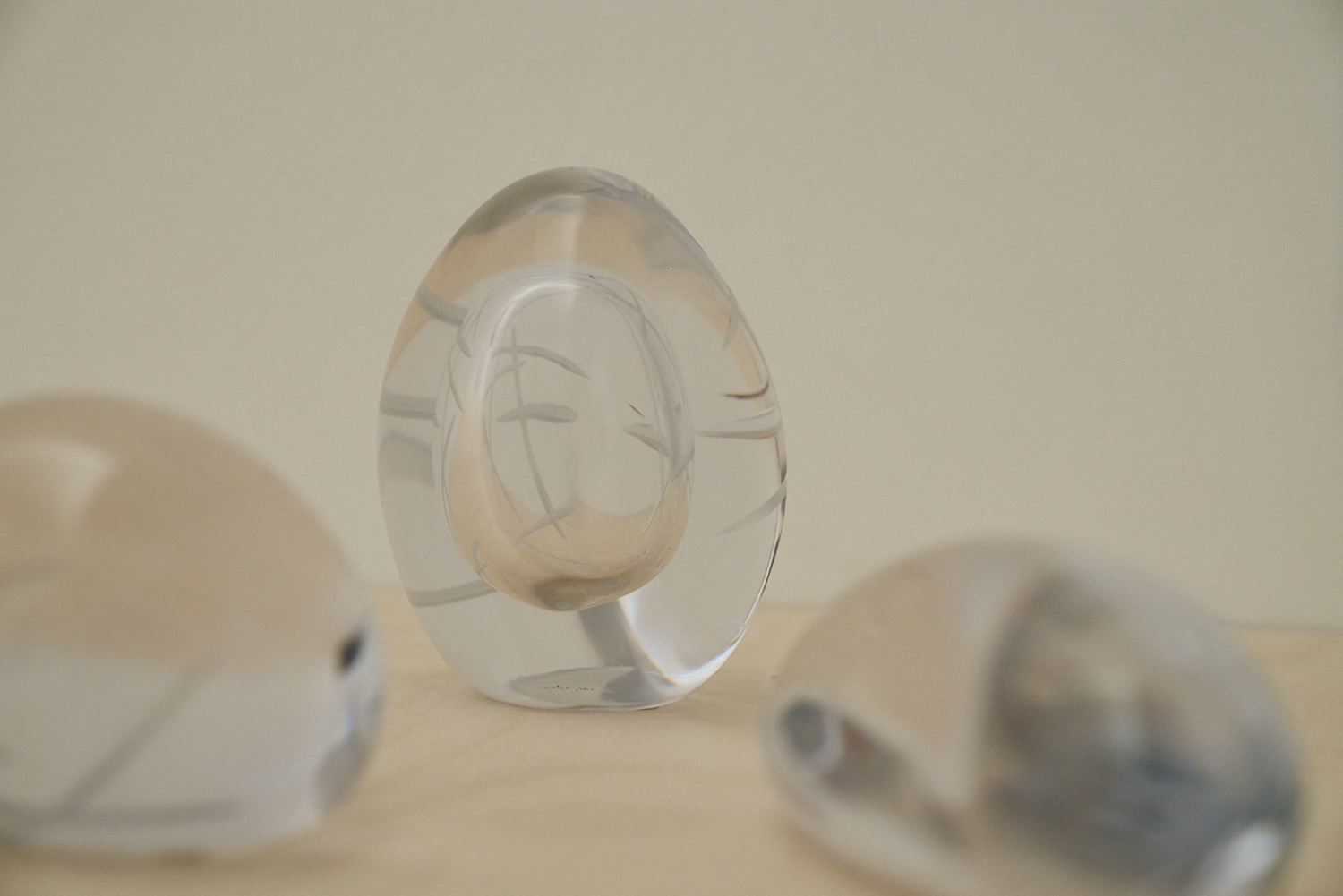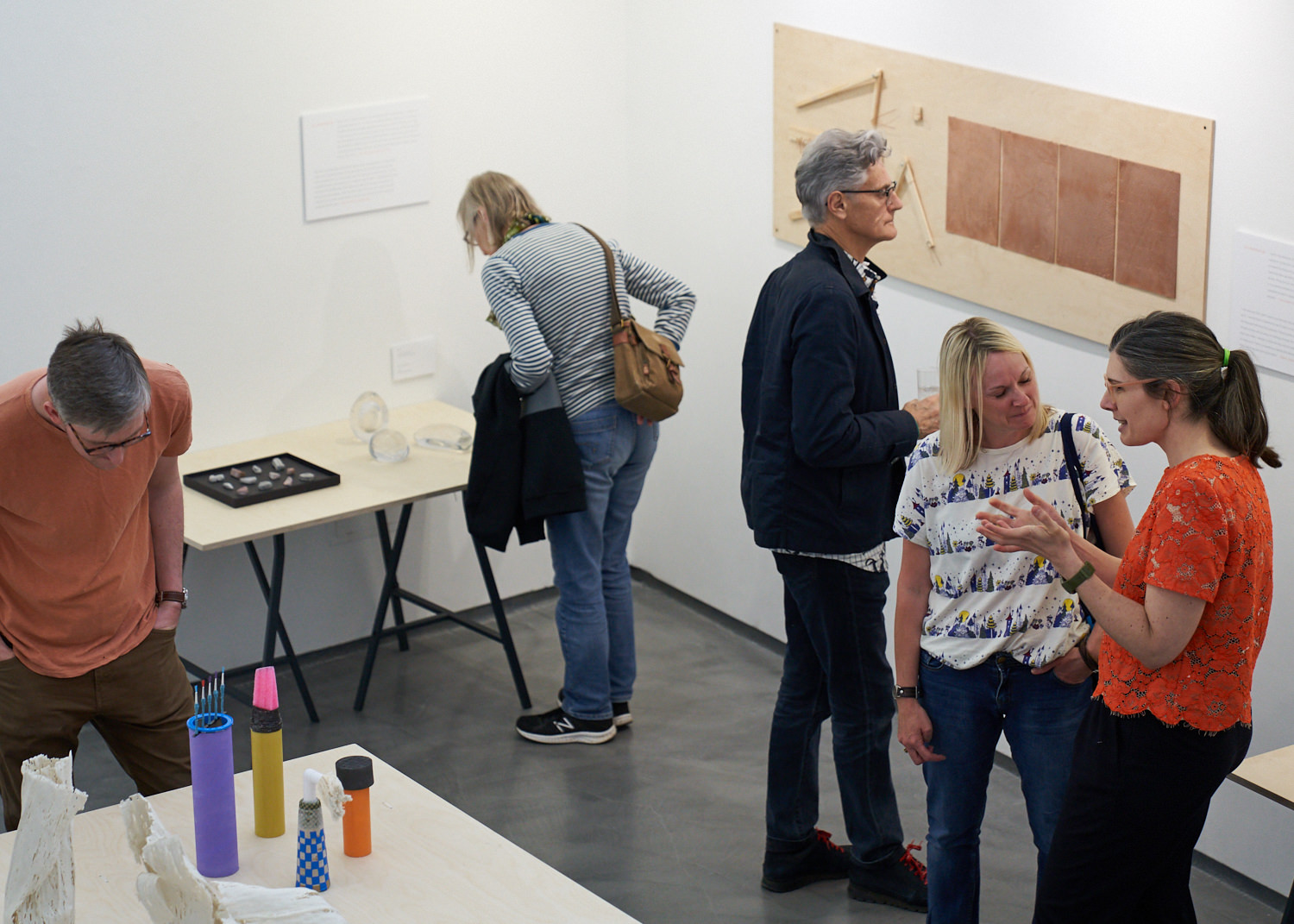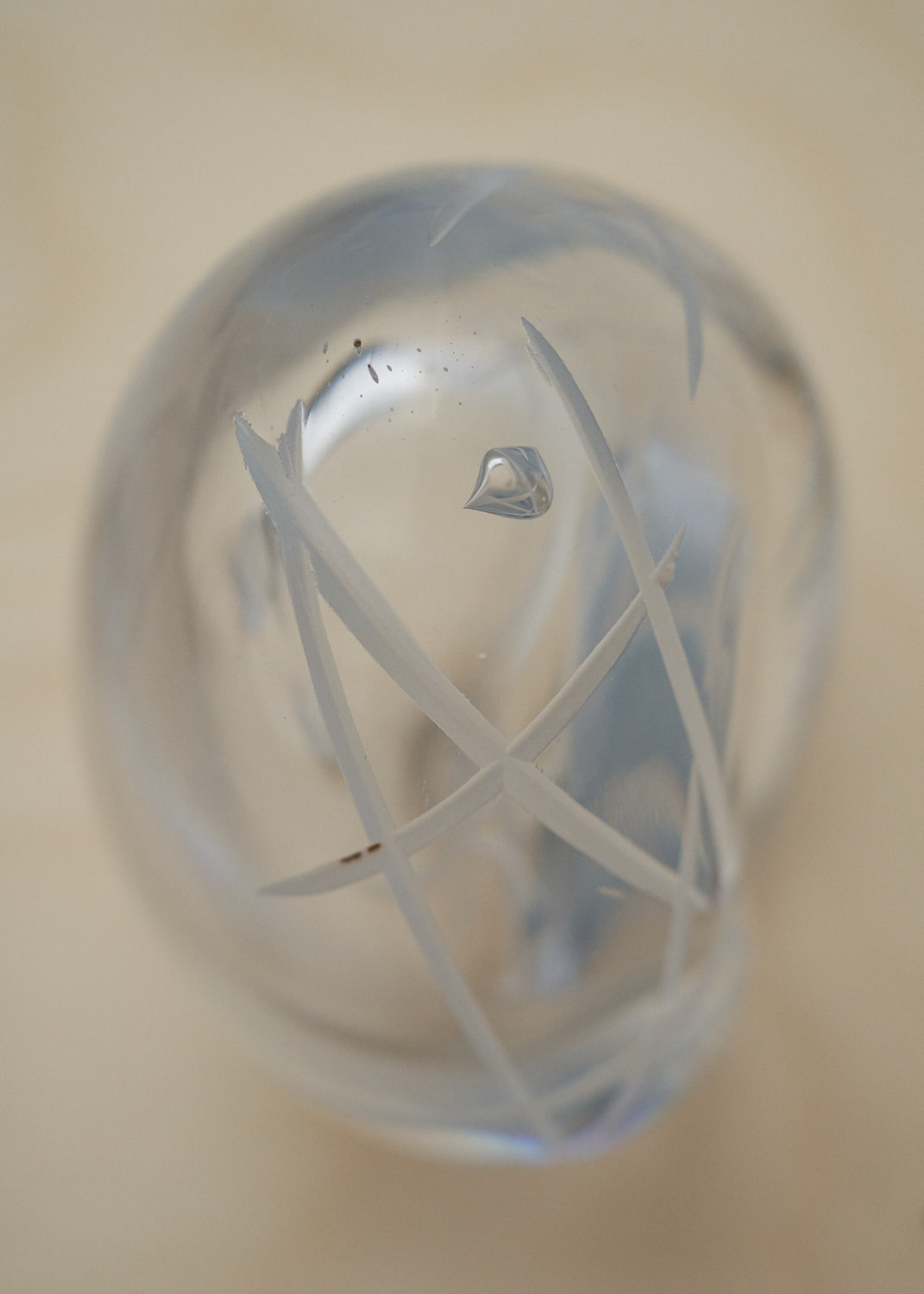OBJECTS IN DEPTH
“During this project the 6 makers created new objects during 2 making phases - the creation of a ‘new’ tool, the tool swap, and then making a response to the tool.
What interested me most is not the application of the tools, but the thinking that went on. Why the makers made the choices they did, how they found a way through uncertainty into making, how these choices ultimately tell us a lot about their approach to creating work and their relationships to their tools.
The following texts are elements of the conversations I had with the makers about their tools and object responses which give us insight into this creative process.”
Melody Vaughan, project curator
Tools created by Angie Packer
“The tools I use to create the sculptural element within my glass work, one of them is now so precious I feel I need to preserve it and frame it, because it’s so gnarled and weathered by being put in hot glass all the time. I think it started to come through that I wanted to create something a bit like an artefact, something that had an old feeling to it.
While I was thinking about what to make I started to doodle, I usually doodle circles and ovals, and I thought ‘that’s it!’ In my head, doing the copper was going to be fine, but I needed to solder all the ovals together and that became a real challenge. I’m really good friends with someone who used to be a silversmith and she came along and showed me how to solder en masse. So, the whole process for me was a real learning curve, and one that I’m really glad I asked for help with; I’ve gained a lot of confidence with it. Most of my work is blown glass but these tools are sand-cast. I love the immediacy of it, that you get an instant result.
I didn’t make these tools with a purpose – I couldn’t envisage who would use them or what they would use them for. When I found out they’d gone to Christabel and looking at her work with all those round shapes, I just thought there’s a real connection.”
Object Response created by Christabel Balfour
“Angie’s tools are really beautiful things. They were really fascinating; I couldn’t work out how they’d been made. But they do have this tool feeling, the way they fit in the hand is great. They were quite different to what I was expecting, perhaps something closer to my definition of a tool, something with wood or metal. Initially, I anticipated using whatever tool I would receive in the process of weaving, and had been thinking about what that might look like, so then to get these… it did take me a while to work out how I might do that.
They reminded me of Indian block printing, of fabric printing they do with big, rough-shaped, wooden blocks with inlayed metal. I wondered if I should do some print-making, but that’s quite different to what I do and I wanted to relate it to my current practice. I was thinking about how the tools have this raised surface of the copper. I knew I wanted to do something with knots, because you have the surface of the weave and then this raised element. So that’s when I thought of involving tufting.
I’ve never made a piece before that is so tufted! I’ve had tufting as detail. Originally I wanted to do a pattern of circles that echoed the shapes in the tools themselves, but that would have taken me so long to knot and I have to be realistic. The curve relates to my current work and I chose the white wool because it’s neutral and I wanted it to be about the texture. I really love working with the texture, it was amazing. There’s so much wool it still smells woolly, and it’s got that sheep’s fleece quality to it.
But I still didn’t see how I could use the tools in the process of weaving, but I could see them being used in the process of finishing. I saw a video of weavers in Nepal where they go over their tufted cloth with scissors and trim them, then they wash them to get rid of the fluff and then lay them out and brush them.
It was really exciting to spend a bit more time with a piece after I’d woven it, especially to engage with it almost as sculptural object. To keep working on it after it’s come off the loom is not something I usually do, usually it comes off the loom and my assistant stitches off all the loose ends. It was interesting having extra time to think about it a bit more – I love the fact that the piece is still malleable.”
Tool created by Christabel Balfour
“When I was making I knew I wanted to make a shuttle, which is the tool I use to put the weft through the warp, and I’ve made quite a lot of those over the years, so I’m familiar with it. I played around with quite a few ideas – at one point I made a shuttle with a decorative carved element to it that contained within itself an idea of the kind of gesture that might be used in making with it. This zig-zag comes up quite a bit in my own work because it’s the back and forth motion of weaving. But this shuttle kept breaking and snapping. In the end, it was too complicated.
What I often look for in a shuttle is: is it nice to hold? Is it comfortable, how does it feel in the hand? And that was what I was thinking about, making something that was just nice to hold, but maybe you couldn’t necessarily be able to work with it. I thought about things with my tools that I don’t normally get to explore, things like the quality of the weight and feel of them, the more conceptual aspects. But if I’m going to zero in on those qualities, maybe I have to leave functionality behind.
The fact that it is so big, means it feels really nice when you hold it, but it’s never actually going to fit through the warp, even though the curved side would mean that it would slide through quite nicely. I wound the weft around it because I wanted to send something more, not just a wooden shape. There’s actually quite a lot of wool wound round it hiding the wooden shape.
I was thinking a lot about its sculptural qualities. I spent a lot of time playing round with the composition of the shape – I kind of composed it in the way that I’d compose a geometric form in one of my weavings. It’s made from one of the wooden cut-out shapes that I use for photoshoots (to connect with the geometric shapes in my work). So this is a tool that has a sculptural and visual connection to it.”
Object Response created by Tim Evershed
“Christabel’s tool came with a letter: how the object could be gripped or held, how it feels in the hand. This exaggerated version of a shuttle felt quite abstract to me, I couldn’t think of a practical application I could use it for. I was drawn to the geometric forms straightaway, this interesting arc that leads onto these straight lines, a nice sharp shape. I was cross-referencing Christabel’s tool with ideas I’ve had that otherwise would be consigned to my sketchbook.
As I started to make I thought about how things are held – this [the box] is an object for holding things, it’s also an object that is held. Initially, it was the aesthetic value of the tool that inspired me, but later on I started to think about what Christabel wrote in her letter, and how I could incorporate it more into the piece.
For the materials I wanted to keep consistency with the tool I made, as it’s part of the same project. I wanted them to be somehow linked, even though the only thing that ties them together is that I made them, so I used bog oak and Scottish elm again.
The objects were made mostly with a router. I spent time working out the jigs I needed, routered out the internal and external edges, then spent quite a bit of time cleaning up by hand. Although it’s made with hand power tools, it’s been hand-finished. It was nice to try to translate the level of finish from my furniture onto a smaller object. I did want to do something a bit more delicate and refined, something neat and crisp. And it feels more special, because there’s only one of them.”
Tool created by Tim Evershed
“I spent quite a long time trying to distil the idea of what I was going to do, compared to how long I actually spent making it. I settled on the mallet because it’s one of the most simple tools we have. I found that premise quite nice - to work on tool that can probably be traced back as long as people have been working wood.
I started in my normal way, of developing sketches before taking it into CAD to get a production drawing. This is the process I go through in everything I make, whether it’s a piece of furniture, whatever it is. I printed it out full-scale, held it in my hand to see if it was the right size, that it felt right in the hand.
I didn’t turn this object – I outsourced the turning to someone who does all my furniture turned elements. In the end he couldn’t do it so his boss, David Colwell, who is a well established furniture designer did it. To me that makes it a bit more special. I did the chip carving, which normally I’d find a bit gratuitous, but in the spirit of the Makers & Tools project I thought I’d do something hand-tool focused as I don’t normally do that much by hand. It functions as a grip as well as being decorative.
The dark wood is bog oak, which is a timber I use on furniture to add a bit of value, to create a point of interest because it’s 5000 years old. It’s been excavated from a peat bog; it’s very dense and dark and mineral rich, which is what causes the blackening over the years. It’s an ancient species of oak. The pale wood is Scottish elm, which is a decorative wood.
Making for me quite often isn’t as enjoyable as it should be, because I’m always thinking of the bottom line, customers and deadlines. I often don’t have the time I would like to take over things, so it was really nice to be able to do something a bit self-indulgent, have some fun carving. Making the mallet was oddly satisfying – assemble it, tap in the edge, cut off the wedge, sand it. It was like a quiet Sunday morning or something, just a nice process.”
Object Responses created by Katy Welsh
“It took me quite a long time. I knew that I would respond the tool more as an object – in the way you would respond to a still-life – looking at it, and thinking it through, how it looked, rather than using it to create something. That seemed like the most obvious way for me, similar to how I normally work.
But this starting point was quite different for me. A lot of the time I’m drawn to nature, or bodies, or architecture. And normally there’s a mood – a lot of bits of research will accumulate and that will lead me to thinking about certain kinds of colours that evoke that mood. But I didn’t get a mood off the tool, which made me look a lot more closely at it because it wasn’t possible for me to start building research in the way that I normally would, to create a broad starting point for a project.
I started off doing some drawings from the object, some textile experiments, but everything looked rubbish. Because I hadn’t started with that ‘mood’ I was doing things in colour but it was all very random and didn’t work because it had no consideration behind it, so I thought ‘why don’t I take colour out of the equation?’.
I did quite a few drawings of the texture on the bog oak and decided I wanted to try to create the texture through print. I found a method which was quite evocative of the wood grain: you take kitchen foil and print onto it with printing ink, then you swish the brush over it, quite randomly, then push the paper over the top to pick up the textures. It’s a simple diy process.
I never use straight lines or a ruler, but I did for this. This chequerboard is so simple but it really shows the texture, the changes of direction, and this lead me down the route of playing with geometrics. Normally, the way I create pattern is super-organic and there’s no rules, so anything can go anywhere, but with this, because you’ve got all these units you build up, you’re working within confines and parameters. It’s nice to do something that fits together.
For me the most important things have always been texture, colour, composition and hand-made elements, and so even though I wasn’t focused on all of those, I still used hand-made processes and was concerned with the texture and composition. Seeing how I could work with geometrics, which is, in a way, opposite to what I would usually go towards, it’s opened up the idea of creating patterns in traditional ways but still making it my own. It was also really nice to do something off screen.”
Tools created by Katy Welsh
“When I started talking to Melody about how I use tools it came up that the way I would choose a tool, or use it, is based around improvisation. My practice – I don’t necessarily view it as making in the way I think if ‘craft making’ - it’s more image-making. So, when I’m choosing a tool it’s something that can create a texture or a mark, mostly that’s purely decorative rather than performing a function.
That lead me to mark-making tools, and I thought in that sense of improvisation I would use waste materials to create the tools. I went to the scrap store and chose anything I could envisage could make marks or shapes. The way I built them was improvisational – I didn’t go into it with a plan, I just put things together seeing what would work with what. That’s very much how I make; I don’t ever really plan things out – I use what’s to hand – whatever that creates becomes part of the work.
It was difficult for me not knowing who it was going to, or what medium they would be using. I think in the end I created something that I would use, not necessarily thinking about how someone else, who does something different from what I do, would use it.
It’s not something I would ever do in my normal practice, I create less and less by hand these days, and never anything 3D. So it was interesting to try that, but it did feel very alien to me. In my work I end up with something flat, but these ended up quite sculptural. And it’s interesting that I’m the only one who ended up making something quite colourful!”
Object Responses created by Harriet Elkerton
“Initially there was a bit of a block, because I knew I wanted to use the tools in line with my practice, to see how they would change it, but the tools that arrived from Katy suggested mark-making, which is very different from what I do.
An idea started to come - lovely swooping brush-marks that came from testing the brushes. I really liked this one (the mop-head). Things that came out were the fade, and the linear movement and scale. Initially I thought I might brush porcelain slip onto plaster to get this linear effect, but the marks didn’t show up once it was fired.
I tried to get what I initially hoped would happen with the brushing, using other techniques. I ended up piping the porcelain slip into moulds. I tried a few different thicknesses and directions, tweaked it, developing it and getting better at what I wanted from the technique, understanding what it will do, up to a point.
My main interest in my practice is form, and I felt I could get something from these tools relating to form which is why I used my existing moulds. With my forms, different elements are accentuated each time but this has taken that a whole step further, especially with the big ones. They started straight up but came out of the kiln like this!
These objects are suggestive of vessels, but they’re completely decorative now. I like the movement I’ve got in these vessels. Doing this work has brought out elements I usually like to explore but pushed it further – I’m interested in the art side of my craft, making objects that are non-functional, playing with things that are in my control and out of my control.”
Tools created by Harriet Elkerton
“I went to the Museum of Rural Life in Waterperry to look at the collection of tools for inspiration. At the time I was doing a lot of perforated pieces in my own work, using guides, so measuring things and gauges came up and were the things I was drawn to. I think of these tools like a geometry set. I work in series so that’s why I created a set.
They don’t have a purpose, I kind of like that they gauge random things, but you don’t know what exactly. I didn’t have in mind anything useful. In my practice I’ve been torn between functional and non-functional – my degree show work was stuff that looked functional but it didn’t work how you think it would work. It’s an area that’s always interested me and I’m always questioning it, and often end up with these things that are in-between.
I didn’t want to make things in ceramics. I wanted to use sort of traditional tool materials, although the copper isn’t that useful or sturdy. The binding on the tools references traditional tools, but it’s also something I do, definitely my degree show had bound elements. I liked stepping out of the clay and using materials and tools that I don’t use very much anymore.”
Object Responses created by Rachel Jones-Jones
“Initially I found Harriet’s tools frustrating. These tools are not precision tools; they are fragile, light, ineffectual. Because they are not sharp or hard or durable or heavy, how can they affect another material?
I was very sure that I didn’t want to use them as some kind of aesthetic starting point - I wanted them to determine a set of rules or a language. I was trying to understand the language that these tools generate. Trying to come up with a way of documenting my thought process, and showing my workings, through the response onto my primary material, which was metal.
I felt these tools could act as jigs to determine the same thing that happens over and over again. I was thinking about repeat patterns, using the same tool down and down and down, to determine a pattern for a surface. This felt like an honest way to respond – all five tools can be used in that way.
I wanted to follow the tool, and not make too many decisions. The tool tells me what to do. There’s no tweaking or adding little decorative bits, I wanted the tool to say ‘this is where you are putting the marks’. So, I could move things around, and repeat in any way I wanted to, but I made an agreement with the tool at the beginning to just follow its rules. Where a measuring tool is usually very precise, and reliable, I found it quite interesting to have this measuring tool that wouldn’t give you a consistent outcome.
I wanted my document to reference ancient tablets. It’s kind of odd, because for me this whole project has had a kind of ‘museum’ theme. These surfaces could go on to be made into something else. I did feel this pressure to make a ‘thing’ and I resisted that. I don’t know if I’ve ever felt that a product or a tangible thing has ever been the right answer for me – it’s about the process.”
Tools created by Rachel Jones-Jones
“These tools are a response to a tool I use all the time called a Garryflex block – a rubber block with abrasive particles in it - for cleaning and polishing metal. When they are new they are all perfect with very clear edges. Depending on how you use them, and what you use them for, they acquire a form based on how they are used. So I have a drawer full of them, bits break off, but they’re still very useful when bits break off. When they get to this point, I find them special. They’ve had so much wear. I’ve started keeping them, but at the same time I still need them!
I like how they look in the drawer, a bit like primitive tools. I didn’t want to make any aesthetic decisions about the forms, I wanted to be quite honest and take directly from what they are. So I cast the bits in resin, using pigment from the metal that the original piece had been used with – the pinky ones I’d been using on copper, the grey ones on aluminium.
It felt odd cleaning up the castings, because I’d usually use the Garryflex bits to clean the things! I did try using the Garryflex on the castings, but it didn’t work very well so I ended up using wet and dry. It would have been nice if I could have done the whole thing using Garryflex.
In translating them directly, in another material, they lose their function but retain their form. You can no longer use them for polishing, they’re no longer rubbery, they no longer have grit in them; they are frozen into these forms. I like that they now have an artefact aesthetic. Even though they’re a very modern tool, with toxic materials in it, they visually reference the oldest tools.”
Object Responses created by Angie Packer
“When Rachel’s tools arrived I thought ‘Wow! What on earth am I going to do?’ it was a real shock. I had no expectations, but as much as I knew we weren’t making a ‘tool’ that had to be used in the traditional sense, maybe the mind hadn’t let go completely and still expected to receive a ‘tool’ in return.
I felt like there was lots to play with, I picked up the ones that had the most lines on, and shape-wise I had my favourites. I had lots of thoughts but they seemed so simple – the obvious choice seemed to be to blow glass onto them, but I didn’t want to do that. So I let them sit with me for a long time.
One thing I’ve always liked is the skill involved in cutting into glass with a saw. Almost like a stone carver, people can get such intricate shapes and movement, it’s fascinating. My response involves that, but oh boy have I got a long way to go! It’s not something I’ve done much before, that’s what inspired me. It’s what this project’s about – challenging me, making me think a little bit differently.
These objects are made from hot glass, formed with the hands using wet newspaper, rather than blown glass. These forms are morphic and that’s a response to the earthy, natural shapes of Rachel’s tools. Then I carved the lines in the glass. I didn’t use the Garryflex tools – they could’ve scratched into the glass but they were very rough, and it wouldn’t have given the clean results I was looking for. I love the way the lines change through the glass.”

